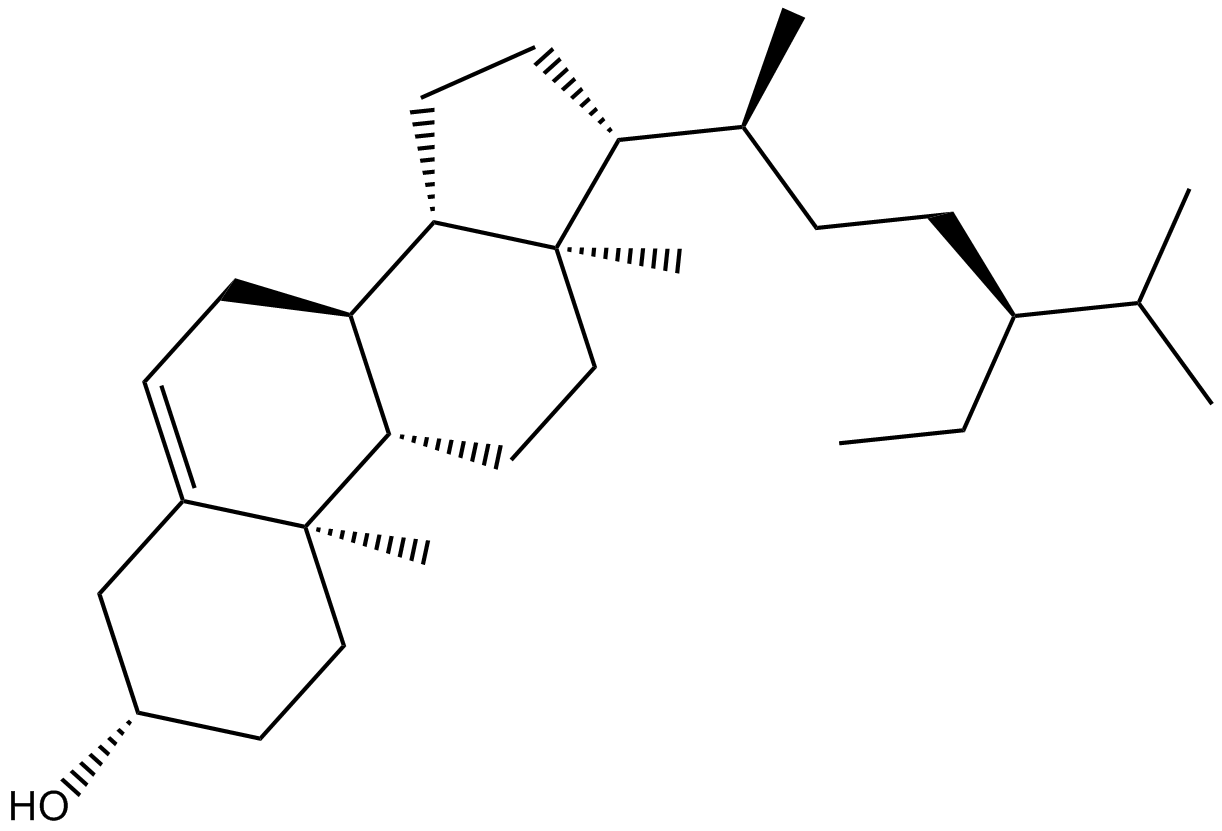Other Apoptosis
Products for Other Apoptosis
- Cat.No. Product Name Information
-
GC11496
TLQP 21

-
GC18173
TM5441
TM5441 is an orally bioavailable inhibitor of plasminogen activator inhibitor 1 (PAI-1), a serine-protease inhibitor involved in thrombosis.
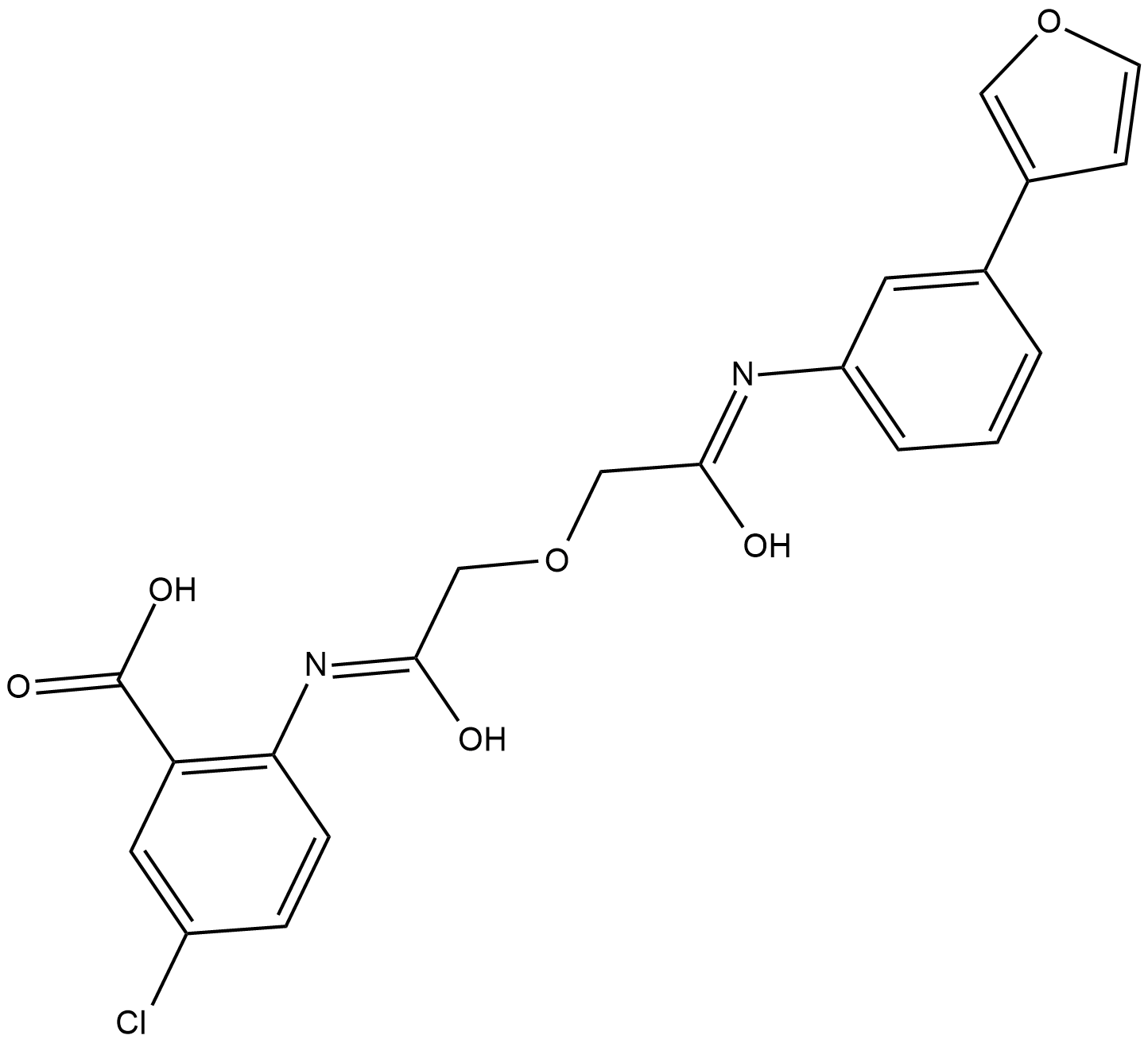
-
GC17586
Tofacitinib (CP-690550) Citrate
CP 690,550
A pan-JAK inhibitor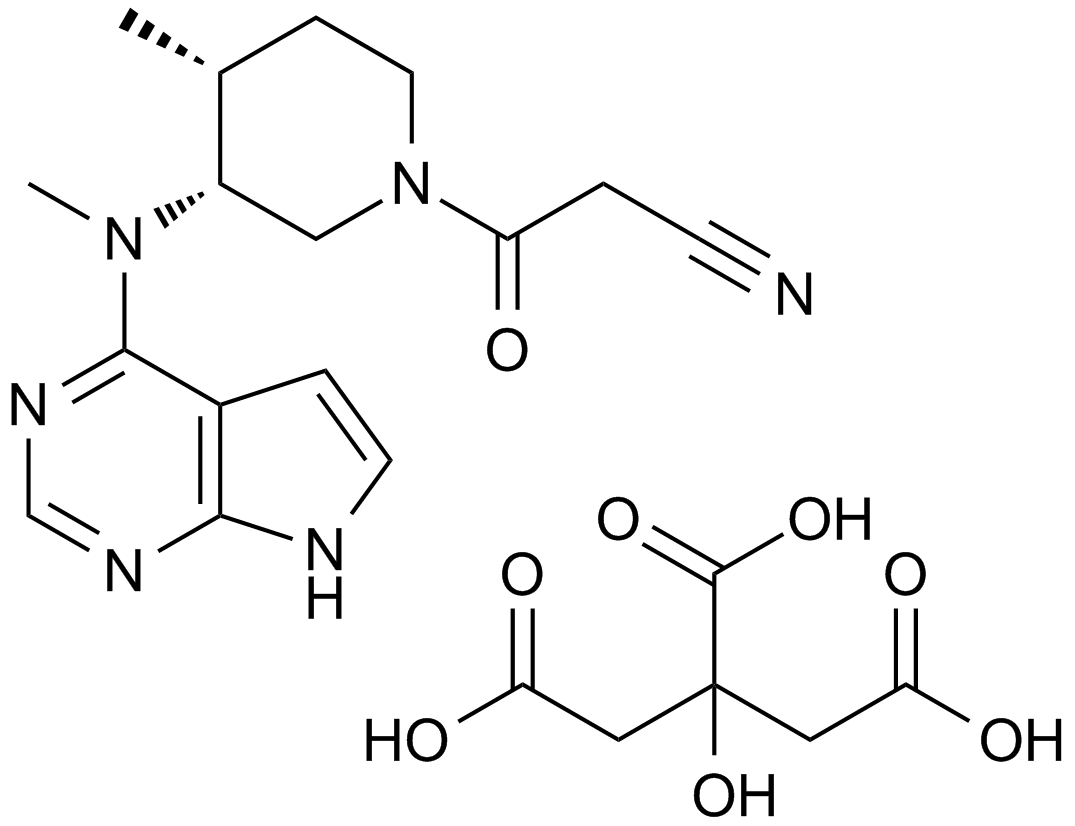
-
GC13359
Topotecan HCl
NSC 609669, SKF 104864A
Topotecan HCl (SKF 104864A Hydrochloride) is a Topoisomerase I inhibitor with potent antineoplastic activities.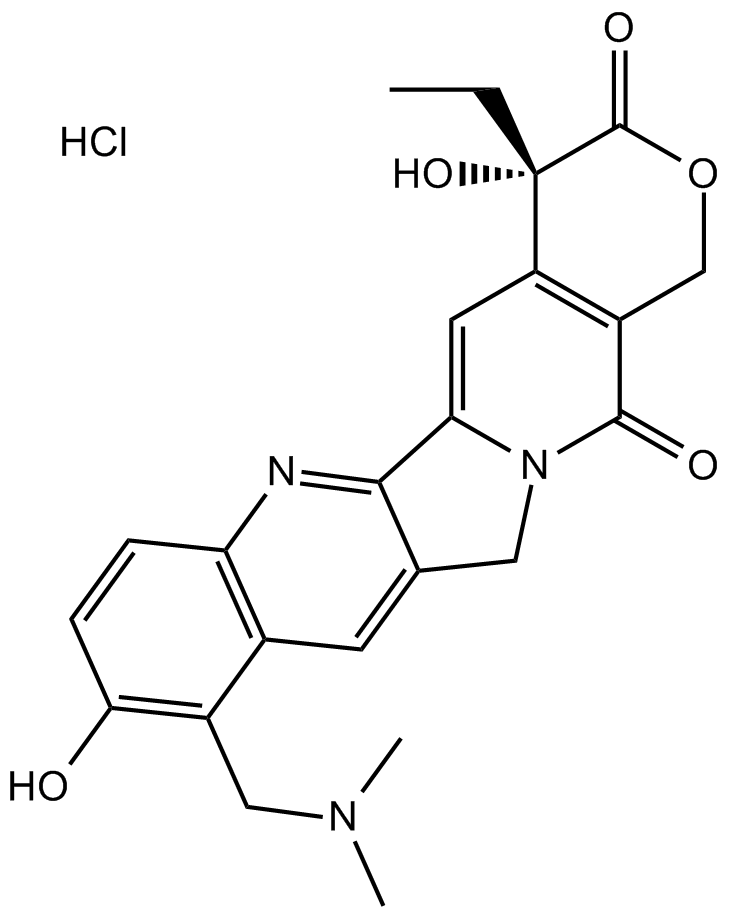
-
GC13835
Toremifene Citrate
GTx-006, NK 622, NSC 613680
Oral selective estrogen receptor modulator (SERM)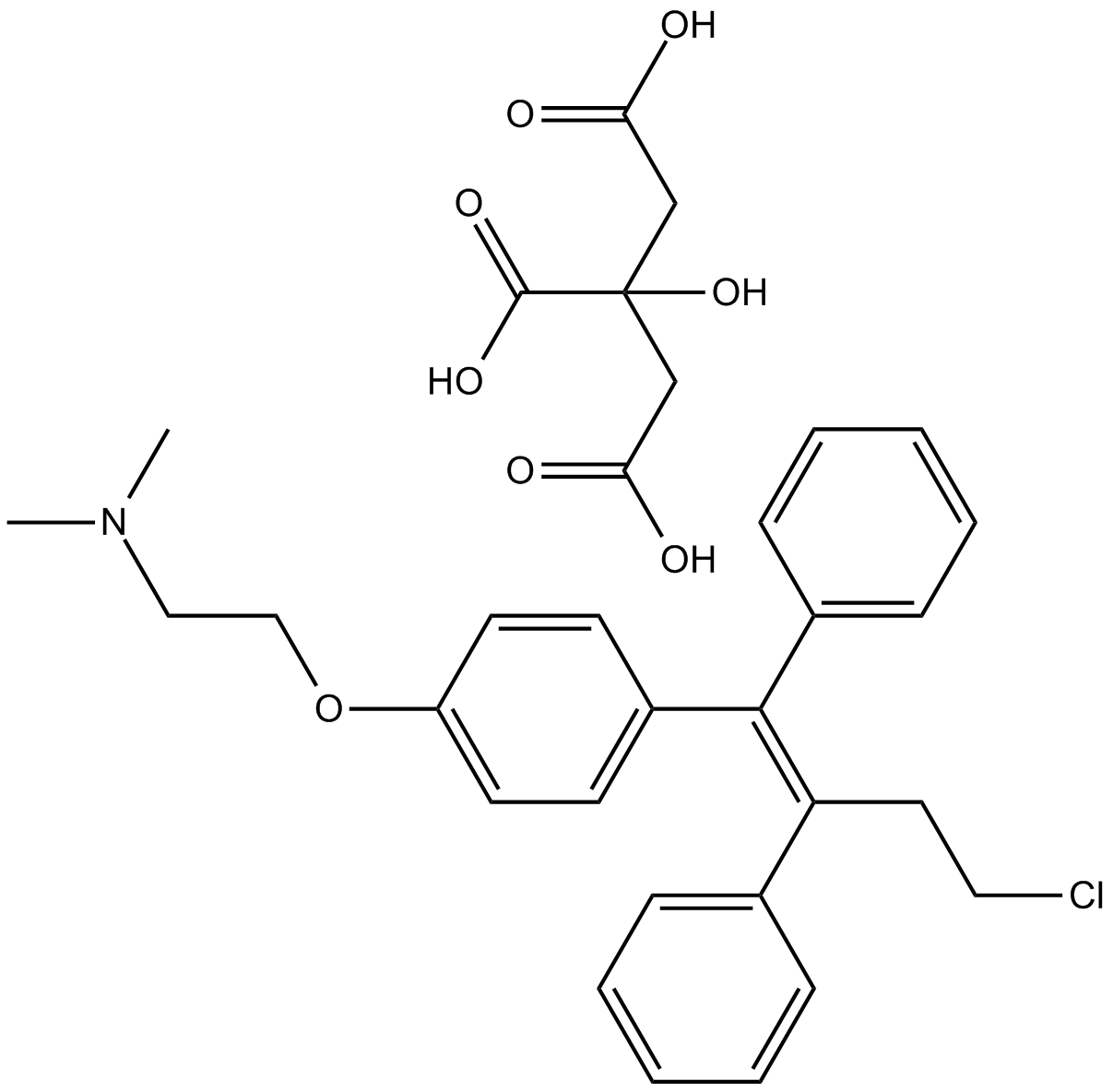
-
GC13858
Torin 2
MTOR inhibitor,highly potent and selective
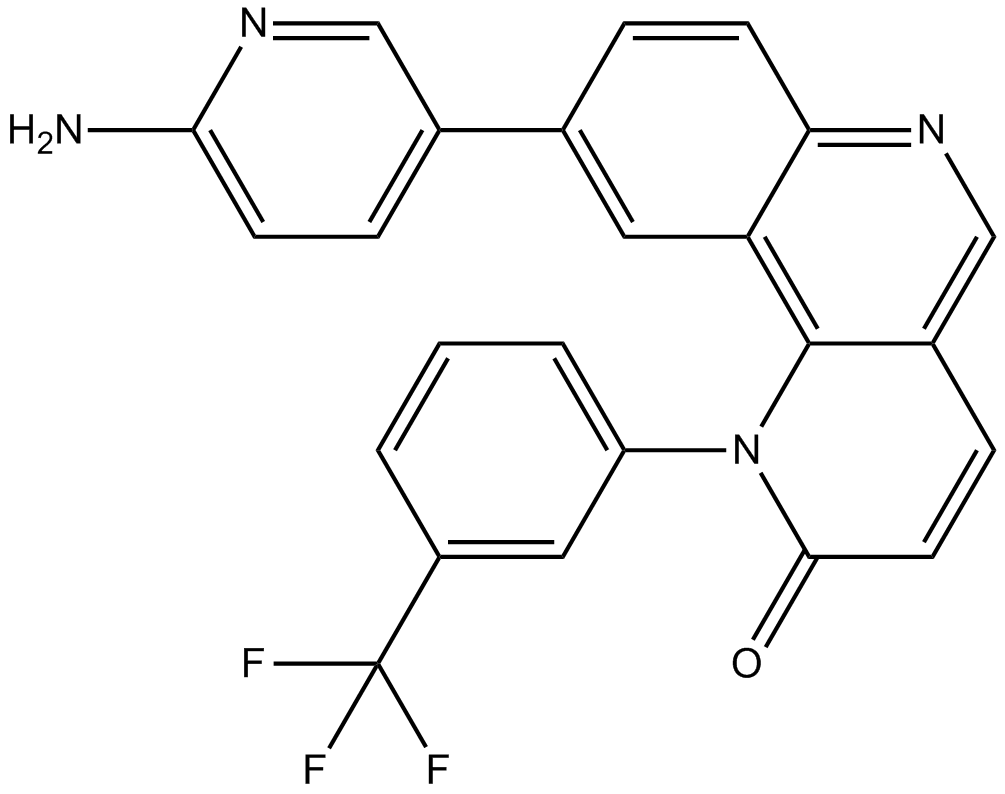
-
GC14218
TP-0903
TP-0903
TP-0903 (TP-0903) is a potent and selective Axl receptor tyrosine kinase inhibitor with an IC50 value of 27 nM.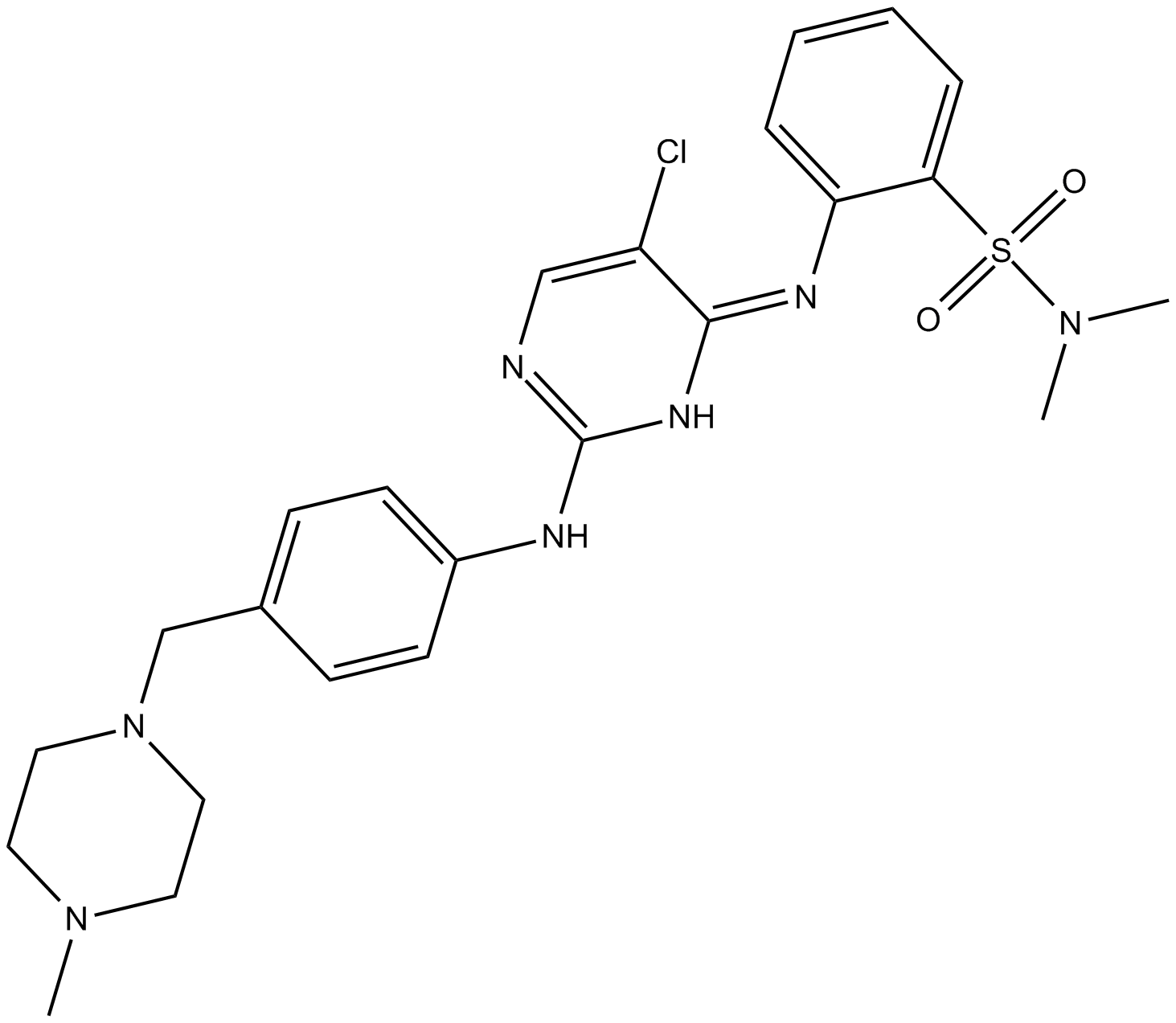
-
GC18044
Trabectedin
Ecteinascidin 743, ET-743, NSC 648766
An alkaloid with anticancer activity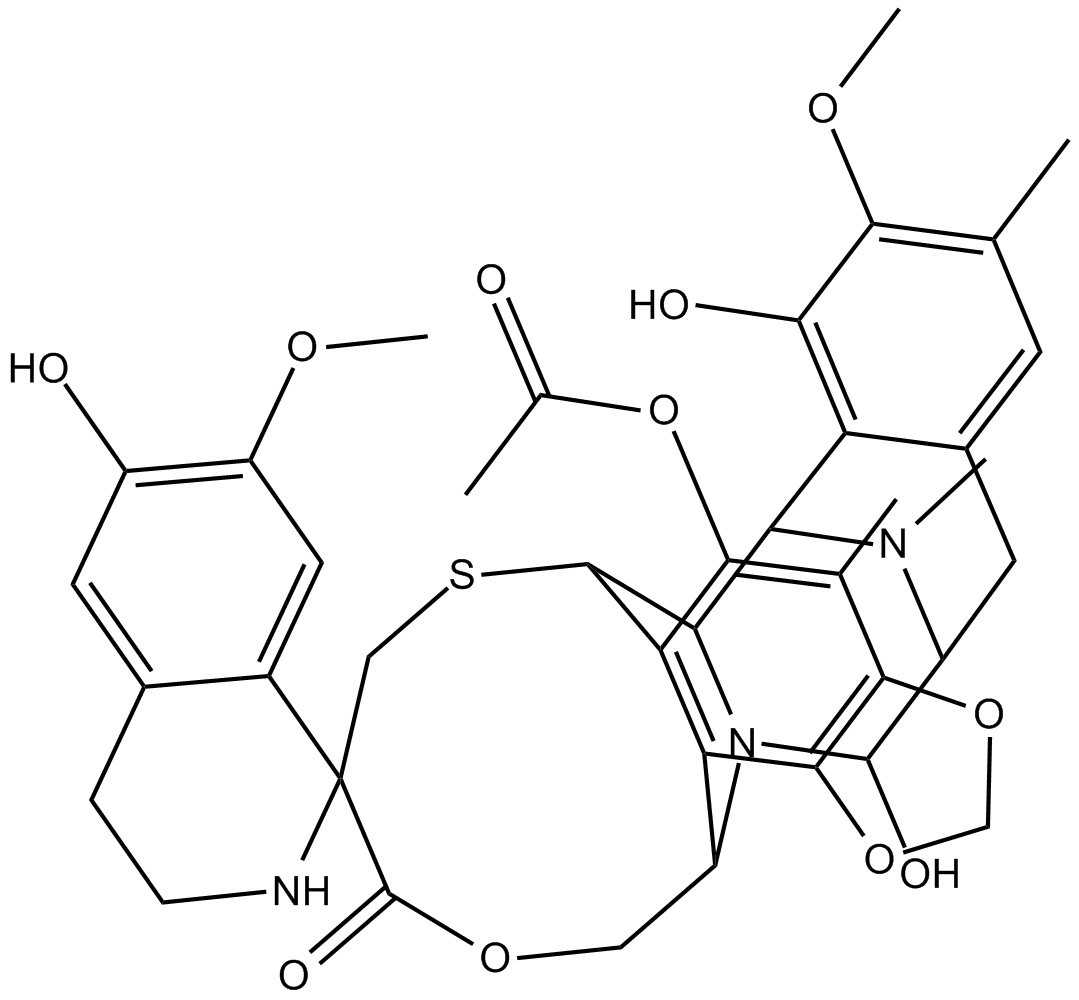
-
GC13508
Trametinib (GSK1120212)
GSK1120212, JTP-74057
An inhibitor of MEK1 and MEK2
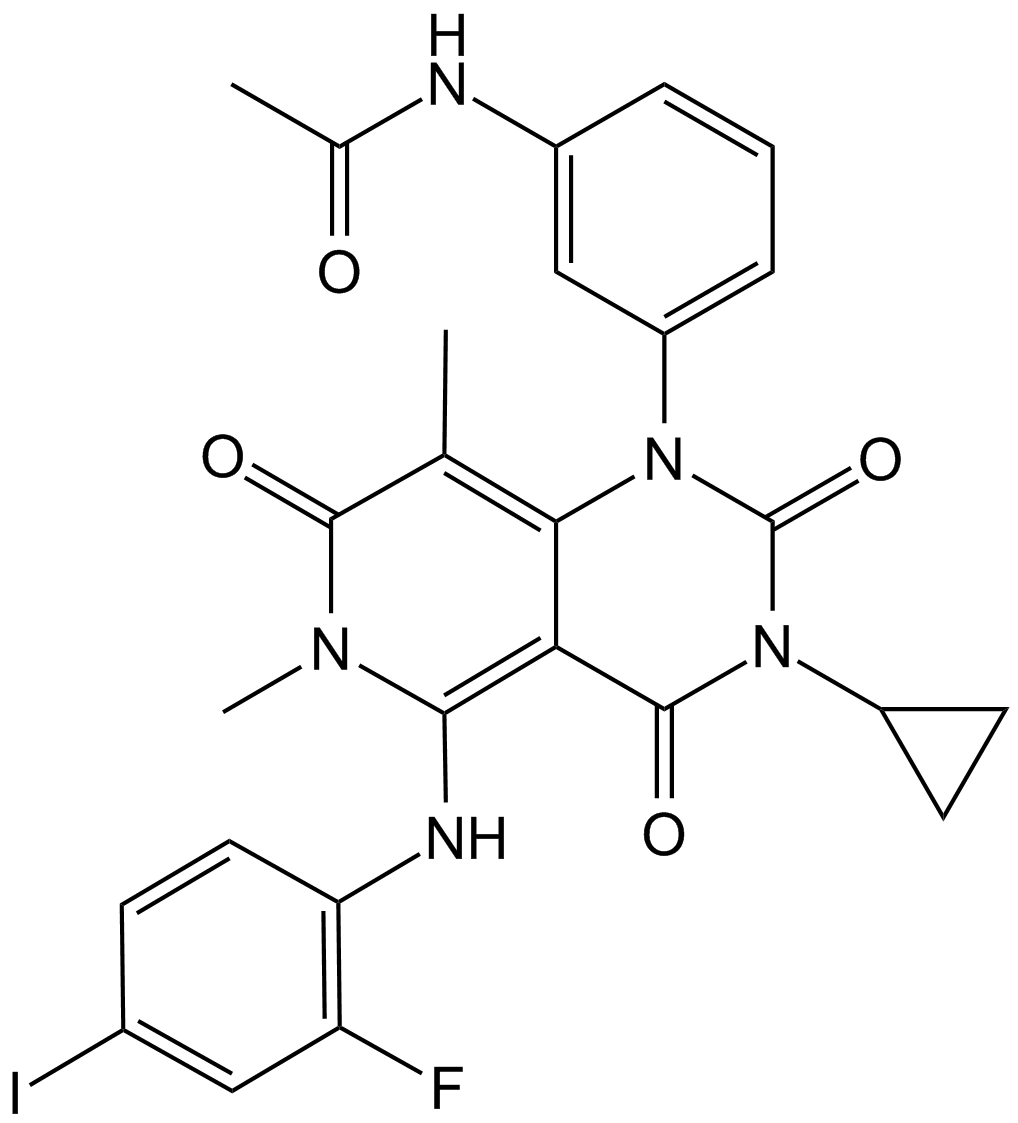
-
GC14402
Triptolide
NSC 163062, PG 490
Triptolide is a diterpenoid triepoxide extracted from the root of Thunder God Vine, acting as an inhibitor of NF-κB activation. NF-κB is a family of transcription factor protein complexes.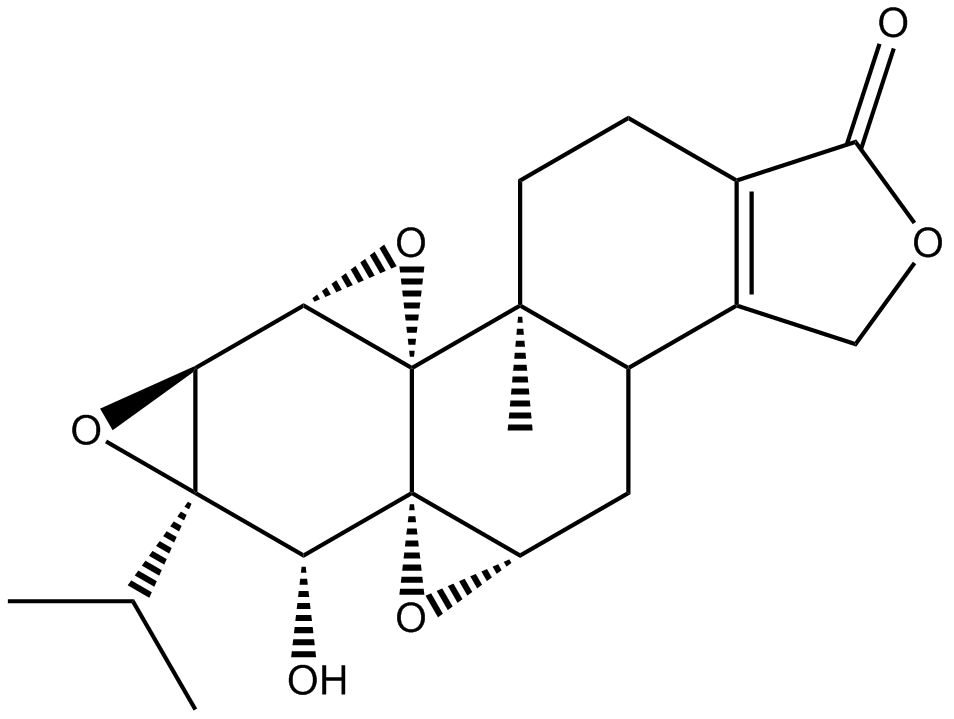
-
GC15272
Troglitazone
Selective PPARγ agonist
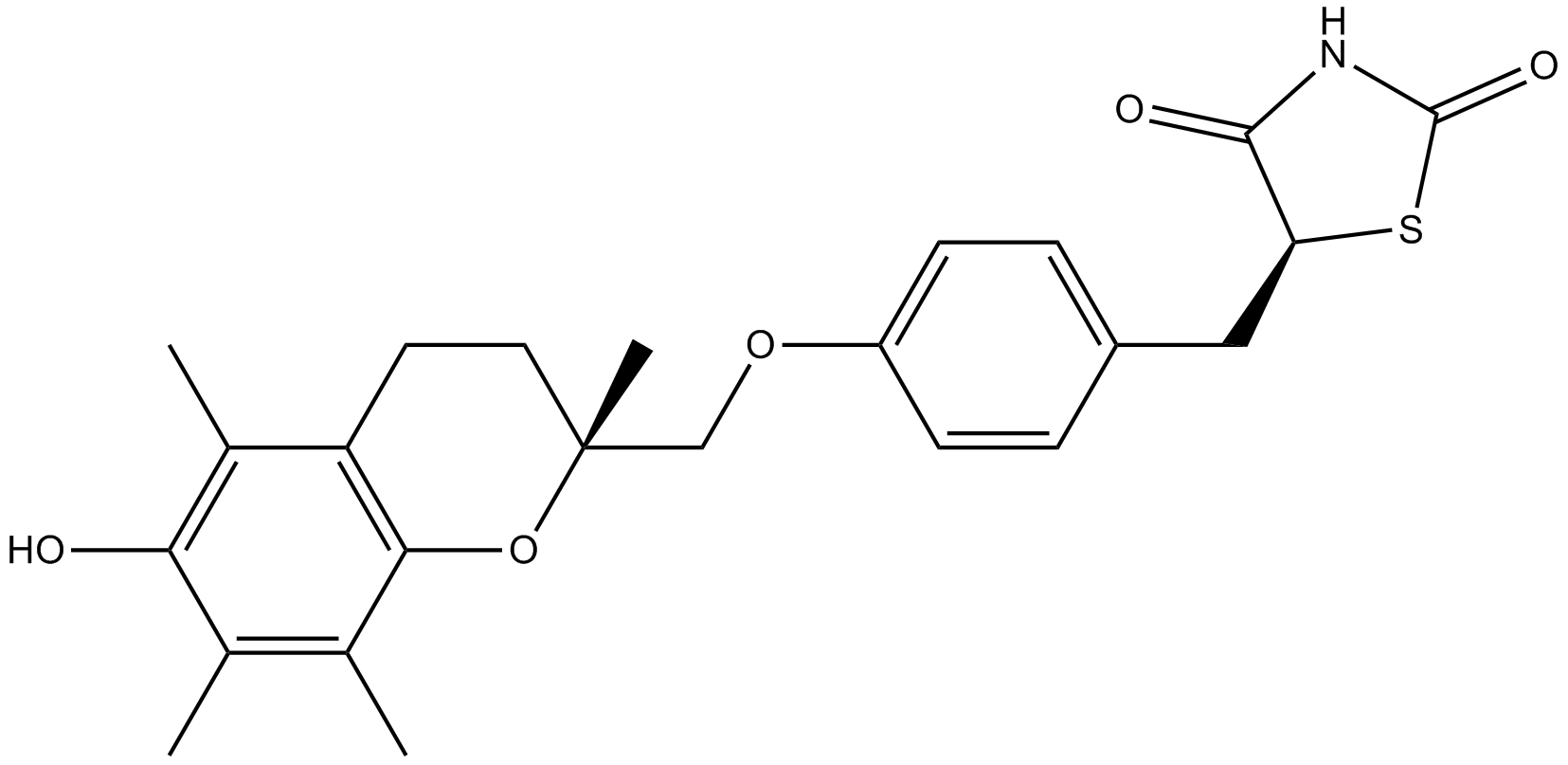
-
GC19457
Trolox
6hydroxy2,5,7,8tetramethylchroman2Carboxylic Acid
Trolox is a cell-permeable, water-soluble derivative of vitamin E with potent antioxidant properties.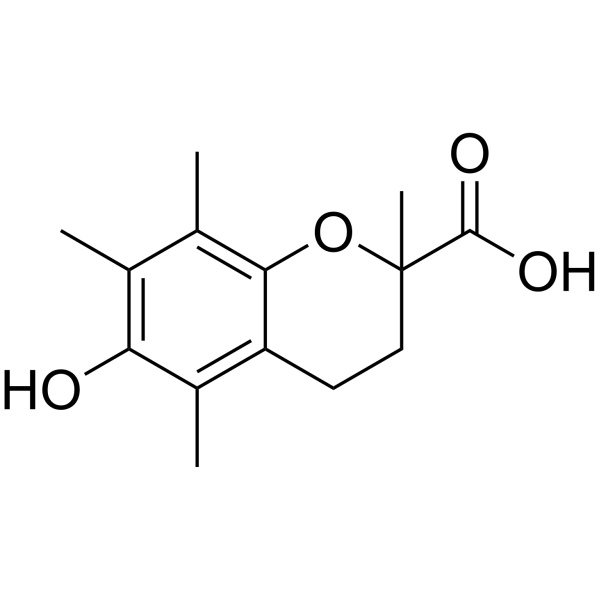
-
GC16732
TSU-68 (SU6668,Orantinib)
NSC 702827, Orantinib, TSU68
TSU-68 (SU6668,Orantinib) (SU6668; TSU-68) is a multi-targeted receptor tyrosine kinase inhibitor with Kis of 2.1 μM, 8 nM and 1.2 μM for Flt-1, PDGFRβ and FGFR1, respectively.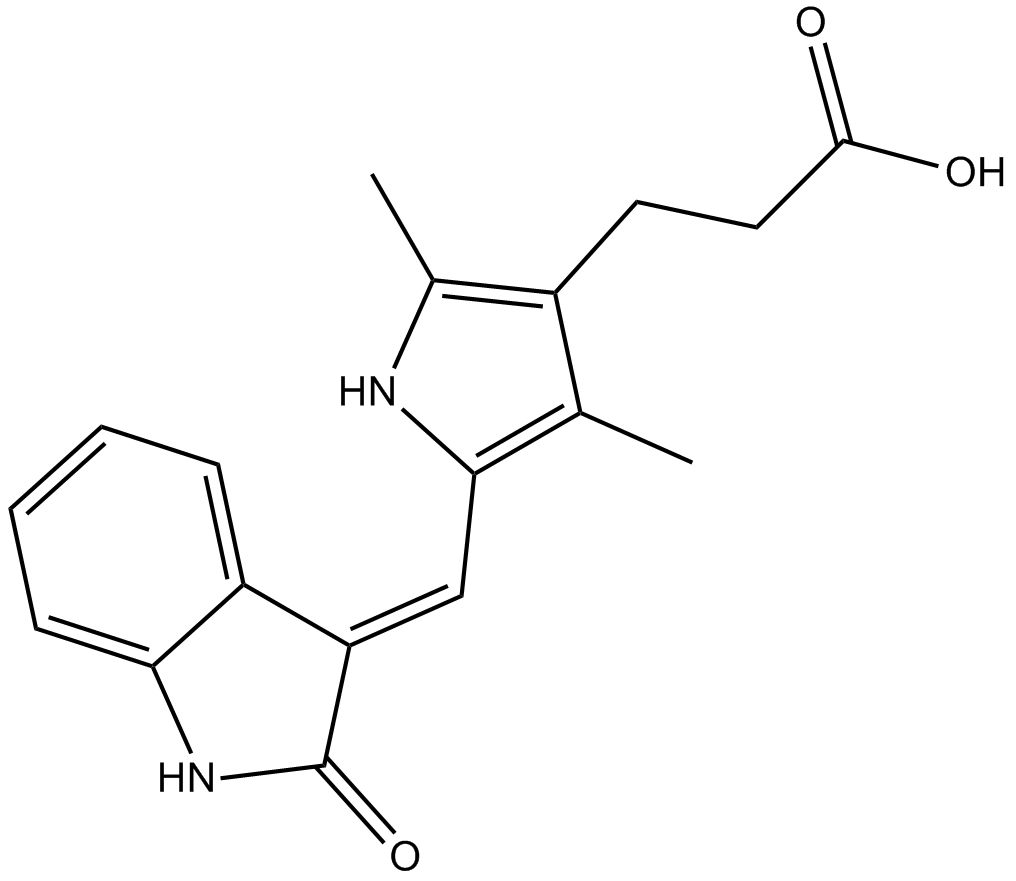
-
GC14273
TTNPB (Arotinoid Acid)
AGN 191183, Arotinoid Acid, Ro 13-7410
TTNPB (Arotinoid Acid) is a highly potent RAR agonist. Competitive binding assays using human RARs yield IC50s of α=5.1 nM, β= 4.5 nM, and γ=9.3 nM, respectively.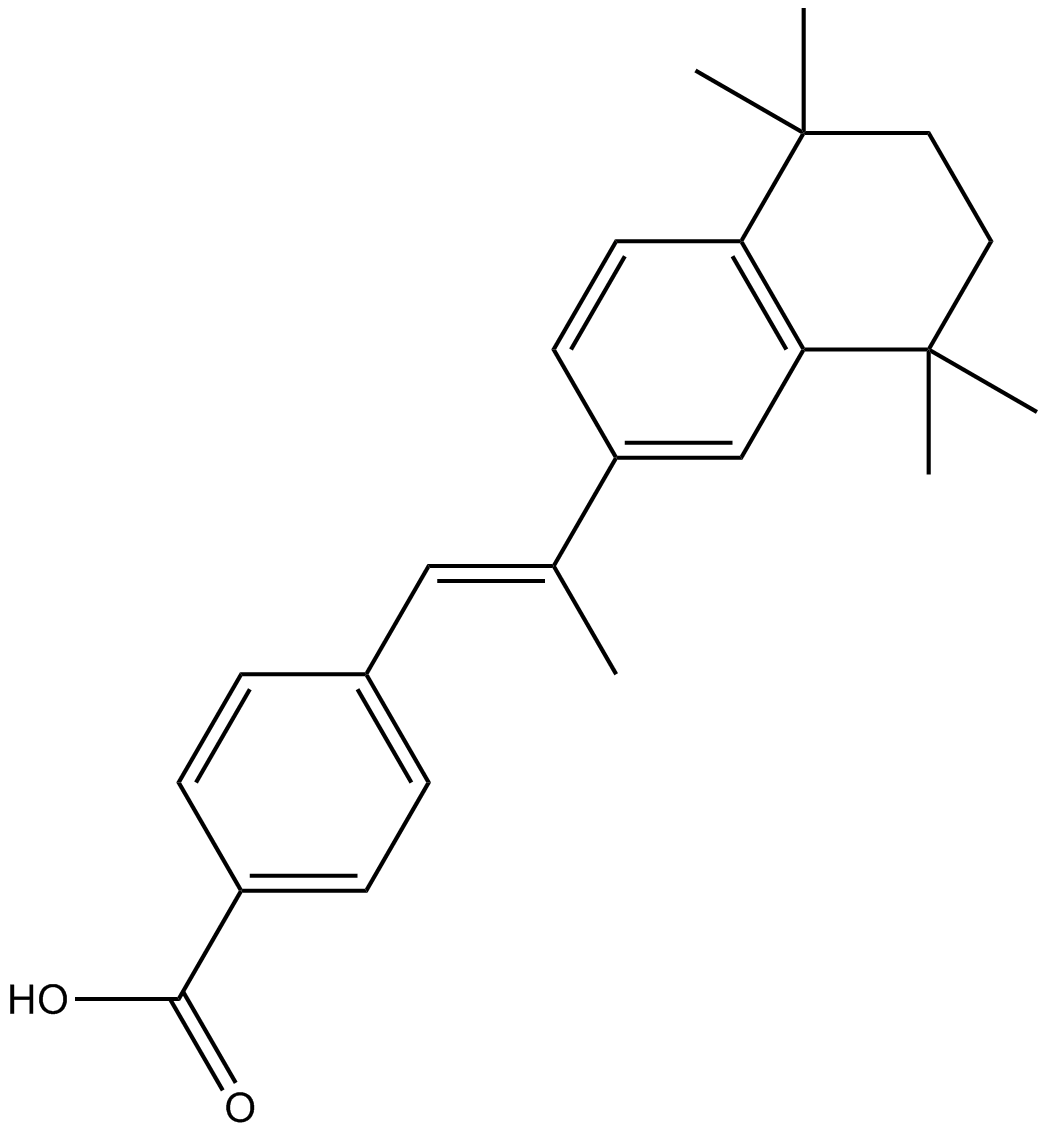
-
GC10839
Tubastatin A
A potent HDAC6 inhibitor
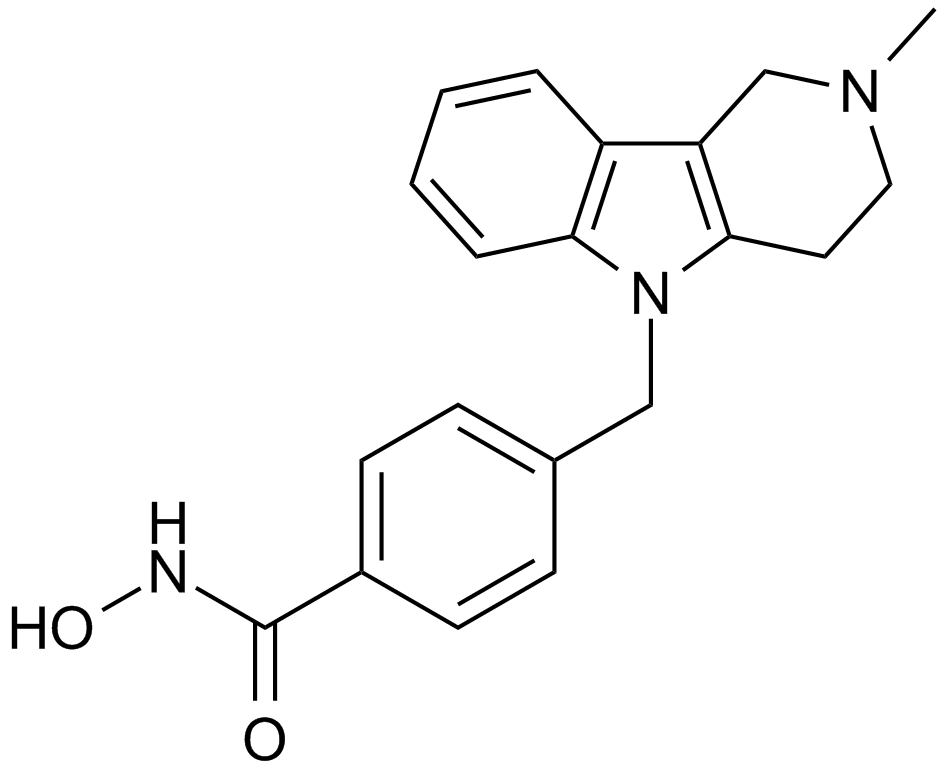
-
GN10107
Tubeimoside I
Lobatoside H, Tubeimoside A
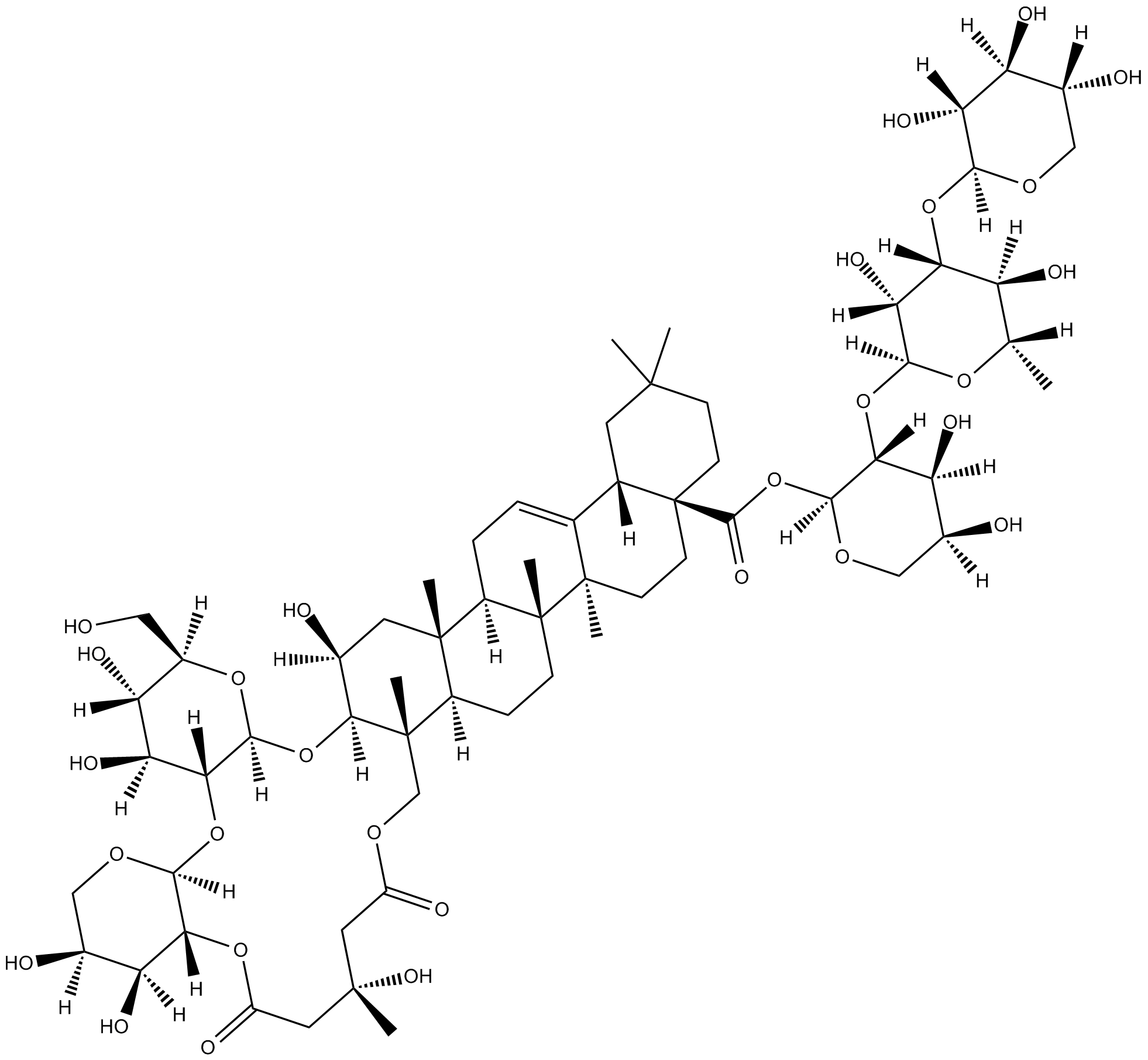
-
GC33291
Tubulin inhibitor 1
Tubulin inhibitor 1 is a tubulin inhibitor, inhibits tubulin polymerization. Tubulin inhibitor 1 shows potent anti-tumor activity, casues cellular mitotic arrest in the G2/M phase, and induces cellular apoptosis.
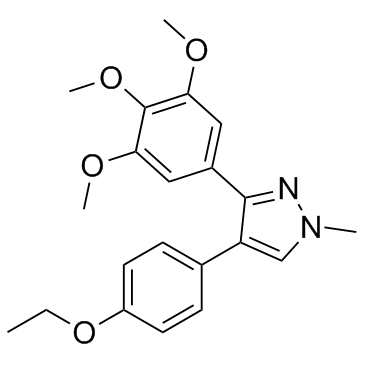
-
GC33155
Tubulysin A (TubA)
Tubulysin A (TubA)(TubA) is a myxobacterial product that can function as an antiangiogenic agent in many in vitro assays; anti-microtubule, anti-mitotic, an apoptosis inducer, anticancer, anti-angiogenic, and antiproliferative.
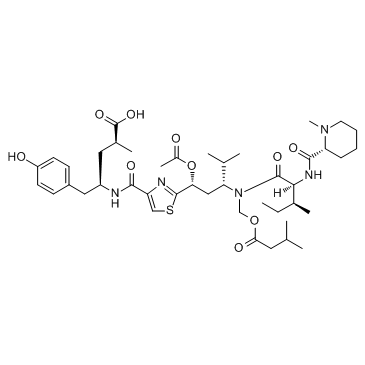
-
GC37836
Tubulysin B
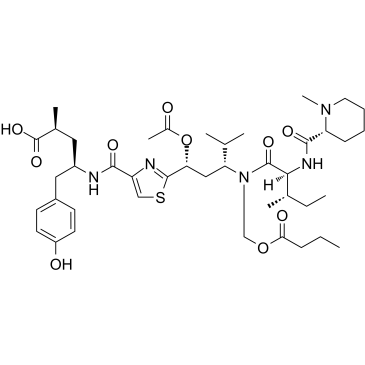
-
GC37837
Tubulysin C
Tubulysin C is a highly cytotoxic peptide isolated from the myxobacterial species Archangium geophyra and Angiococcus disciformis. Tubulysin displays extremely potent cytotoxic activity in mammalian cells, including multidrug-resistant cell lines, with IC50 values in the lower nanomolar range. Tubulysin C is a cytotoxic activity tubulysin which inhibits tubulin polymerization and leads to cell cycle arrest and apoptosis.
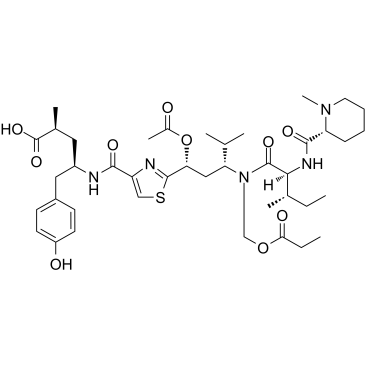
-
GC37839
Tubulysin E
Tubulysin E is a highly cytotoxic peptide isolated from the myxobacterial species Archangium geophyra and Angiococcus disciformis. Tubulysin displays extremely potent cytotoxic activity in mammalian cells, including multidrug-resistant cell lines, with IC50 values in the lower nanomolar range. Tubulysin E is a cytotoxic activity tubulysin which inhibits tubulin polymerization and leads to cell cycle arrest and apoptosis.
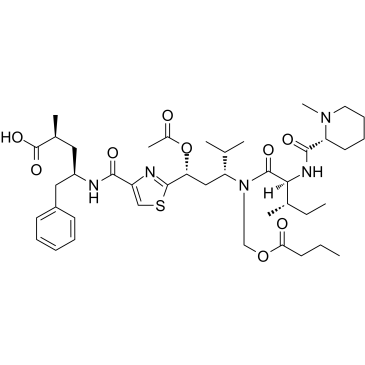
-
GC37840
Tubulysin F
Tubulysin F is a highly cytotoxic peptide isolated from the myxobacterial species Archangium geophyra and Angiococcus disciformis. Tubulysin displays extremely potent cytotoxic activity in mammalian cells, including multidrug-resistant cell lines, with IC50 values in the lower nanomolar range. Tubulysin F is a cytotoxic activity tubulysin which inhibits tubulin polymerization and leads to cell cycle arrest and apoptosis.
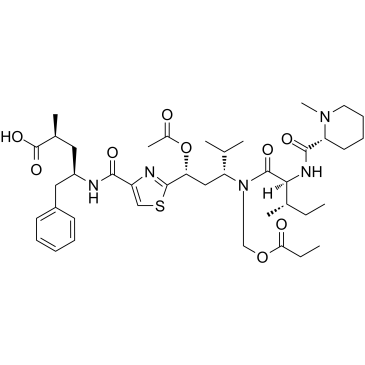
-
GC37841
Tubulysin G
Tubulysin G is a highly cytotoxic peptide isolated from the myxobacterial species Archangium geophyra and Angiococcus disciformis. Tubulysin displays extremely potent cytotoxic activity in mammalian cells, including multidrug-resistant cell lines, with IC50 values in the lower nanomolar range. Tubulysin G is a cytotoxic activity tubulysin which inhibits tubulin polymerization and leads to cell cycle arrest and apoptosis.
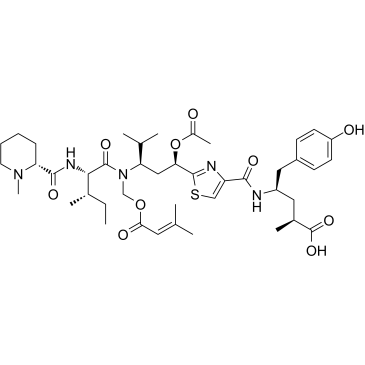
-
GC37842
Tubulysin H
Tubulysin H is a highly cytotoxic peptide isolated from the myxobacterial species Archangium geophyra and Angiococcus disciformis. Tubulysin displays extremely potent cytotoxic activity in mammalian cells, including multidrug-resistant cell lines, with IC50 values in the lower nanomolar range. Tubulysin H is a cytotoxic activity tubulysin which inhibits tubulin polymerization and leads to cell cycle arrest and apoptosis.
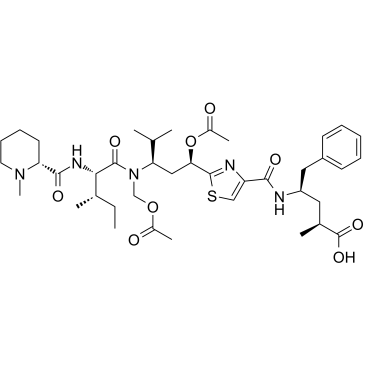
-
GC37843
Tubulysin I
Tubulysin I is a highly cytotoxic peptide isolated from the myxobacterial species Archangium geophyra and Angiococcus disciformis. Tubulysin displays extremely potent cytotoxic activity in mammalian cells, including multidrug-resistant cell lines, with IC50 values in the lower nanomolar range. Tubulysin I is a cytotoxic activity tubulysin which inhibits tubulin polymerization and leads to cell cycle arrest and apoptosis.
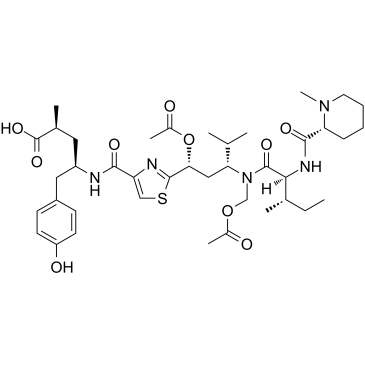
-
GC37844
Tubulysin M
Tubulysin M is a highly cytotoxic peptide isolated from the myxobacterial species Archangium geophyra and Angiococcus disciformis. Tubulysin displays extremely potent cytotoxic activity in mammalian cells, including multidrug-resistant cell lines, with IC50 values in the lower nanomolar range. Tubulysin M is a cytotoxic activity tubulysin which inhibits tubulin polymerization and leads to cell cycle arrest and apoptosis.
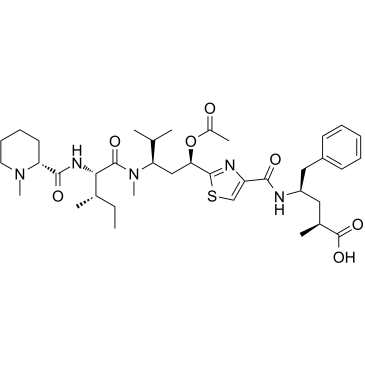
-
GC38710
TVB-3166
A FASN inhibitor
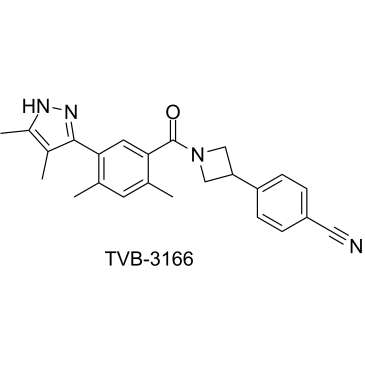
-
GC15271
Tyrphostin AG 879
Tyrphostin AG879
HER2 inhibitor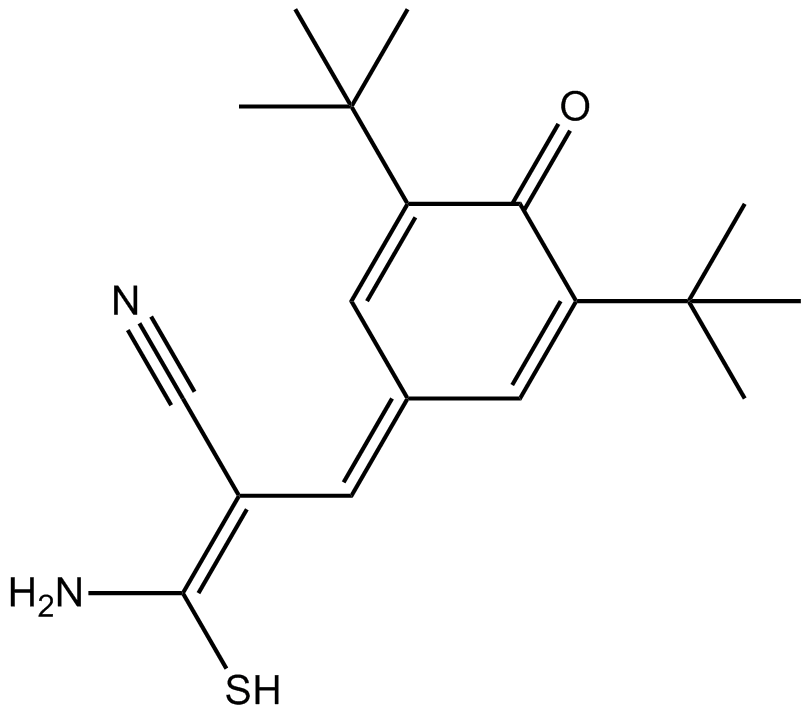
-
GC10601
Ubiquitin Isopeptidase Inhibitor I
NSC 144303
Ubiquitin Isopeptidase Inhibitor I (NSC 144303) is an apoptosome-independent caspase and apoptosis activator with IC50 values of 1.76 and 1.6 μM in E1A and E1A/C9DN cells, respectively.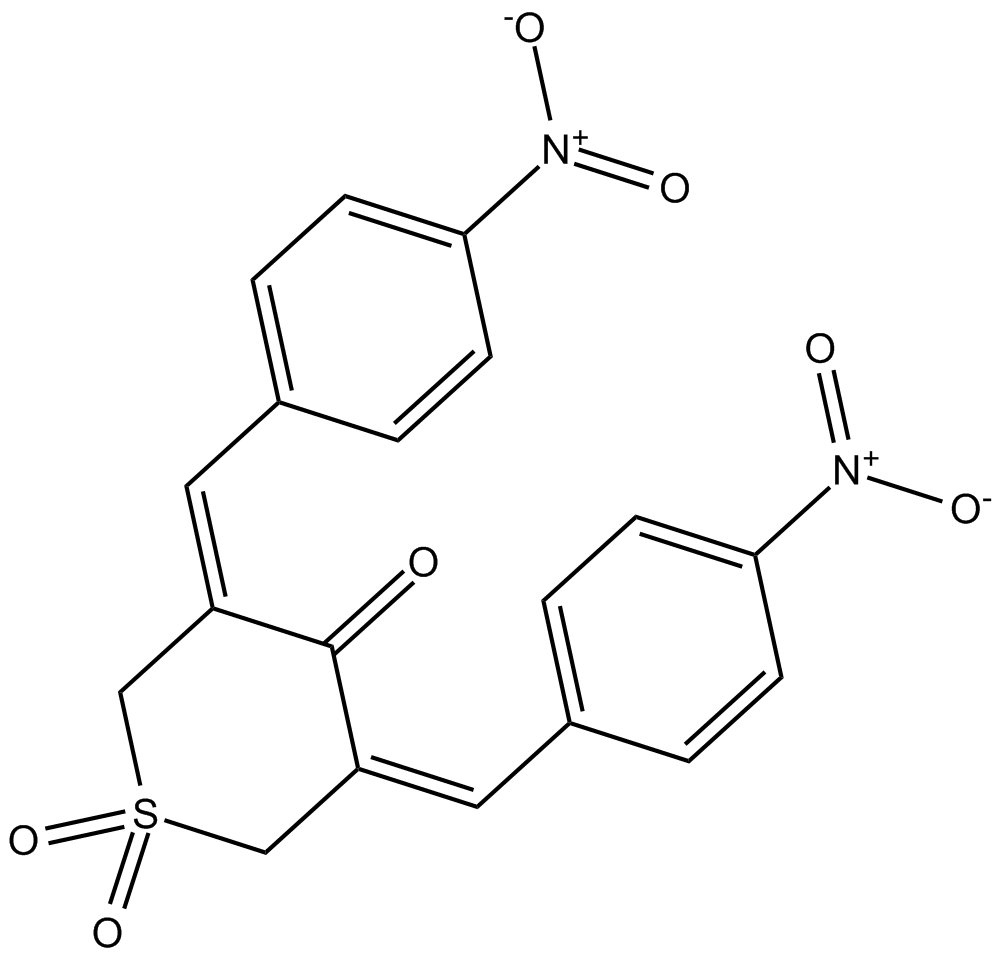
-
GC16479
UC 112
IAP inhibitor
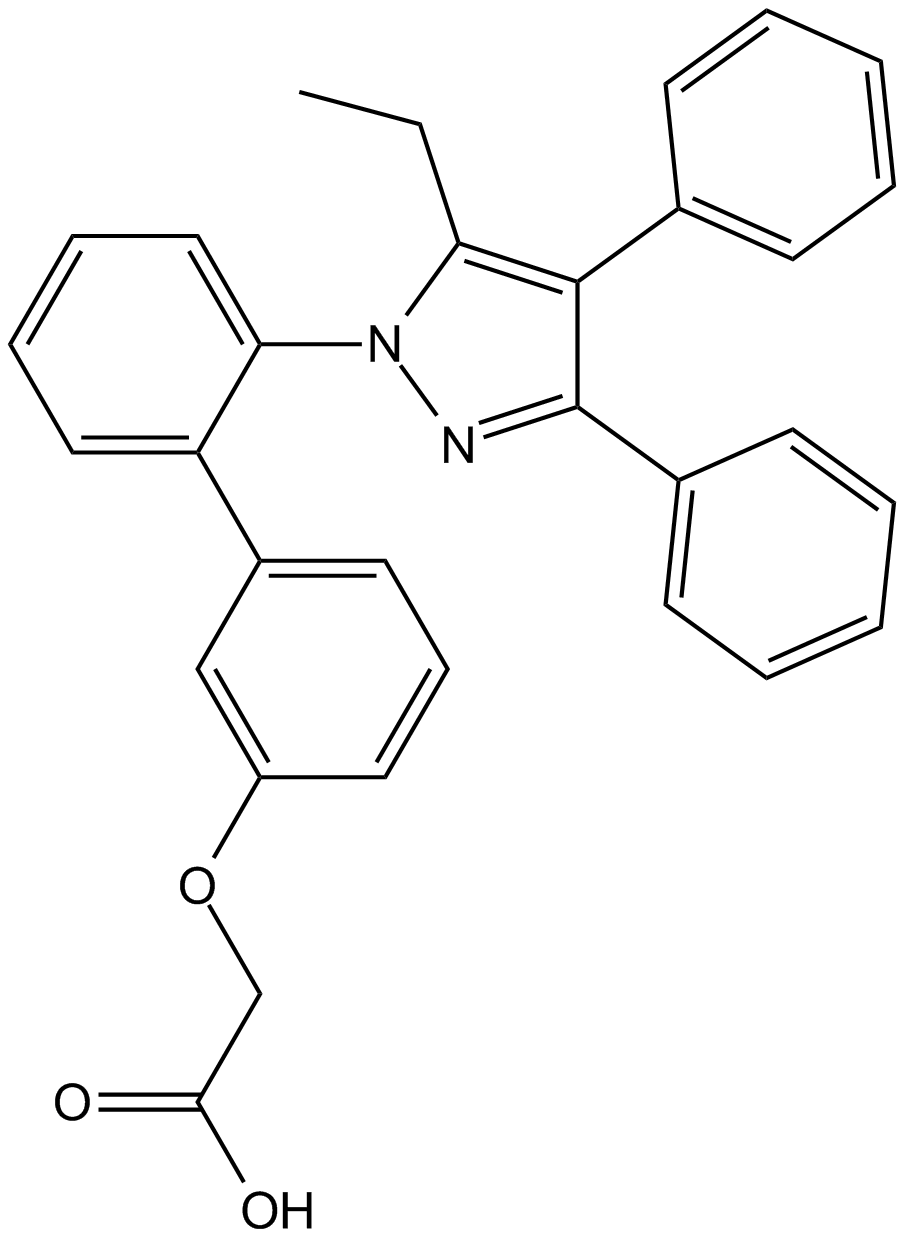
-
GN10506
Umbelliferone
7-hydroxy Coumarin, NSC 19790
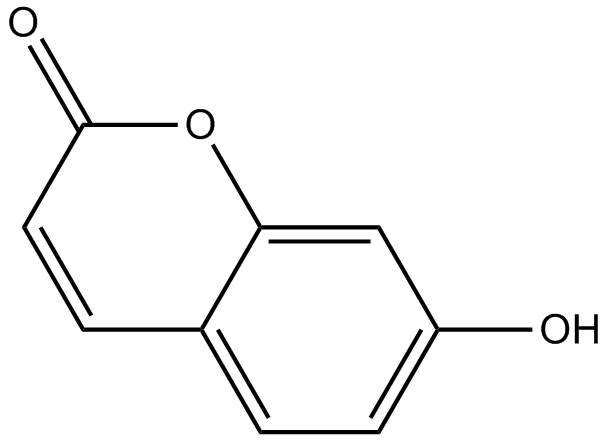
-
GC16794
UNC1215
UNC 1215;UNC-1215
Potent L3MBTL3 domain inhibitor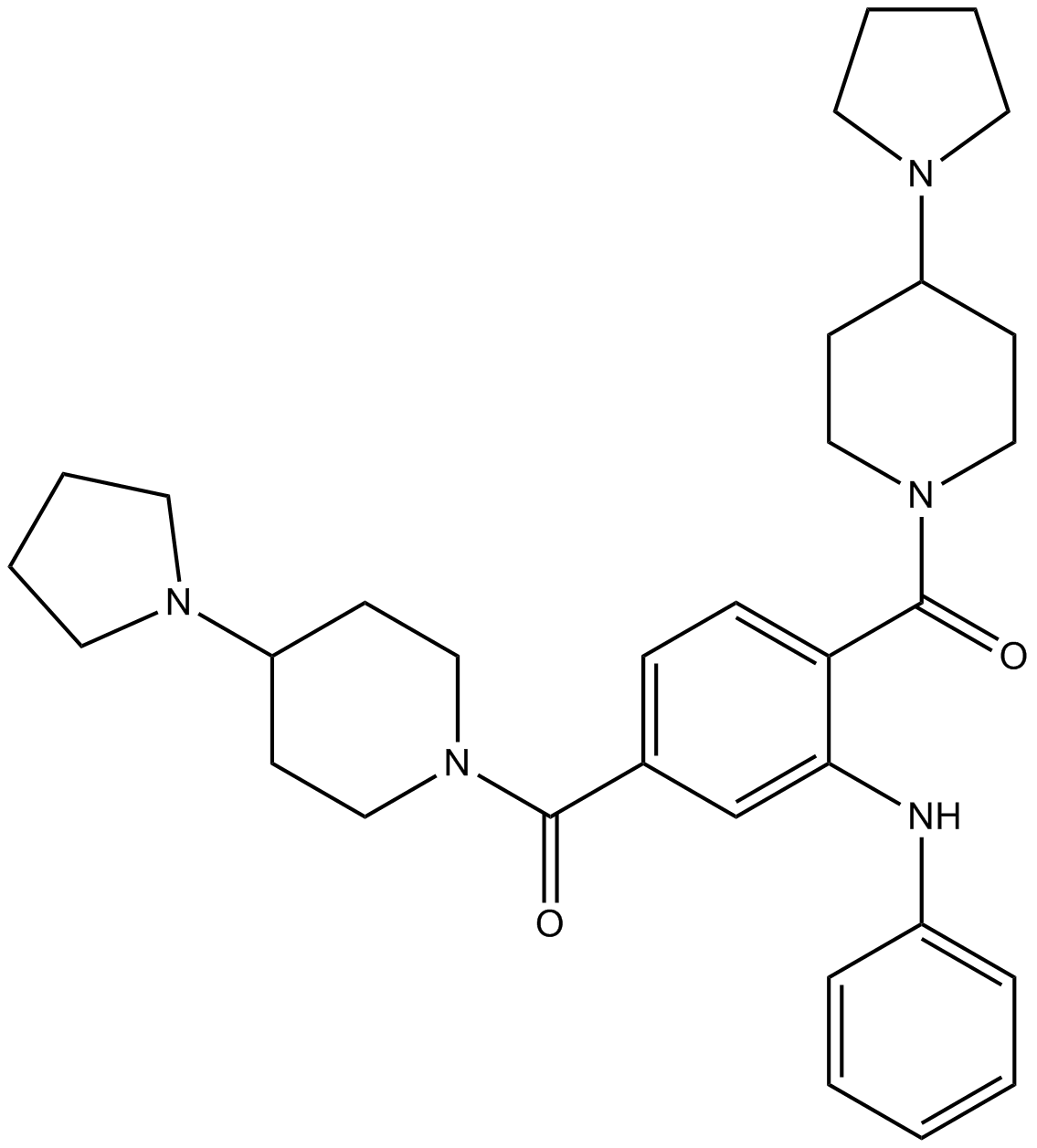
-
GC15168
Urolithin A
2',7-Dihydroxy-3,4-benzocoumarin, 3,8-Dihydroxy Urolithin
A gut-microbial metabolite of ellagic acid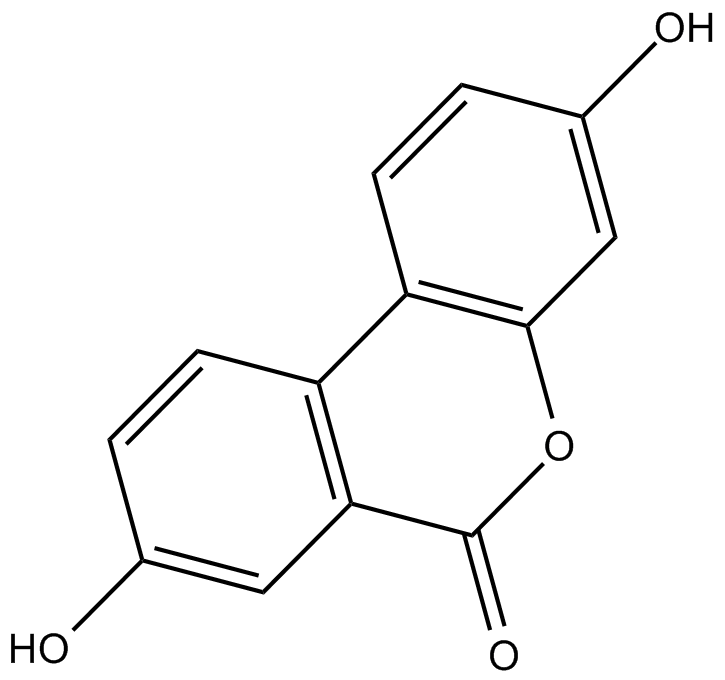
-
GC37873
Ursonic acid
Ursolic acid, a naturally occurring triterpenoid, induces the apoptosis of human cancer cells through multiple signaling pathways.
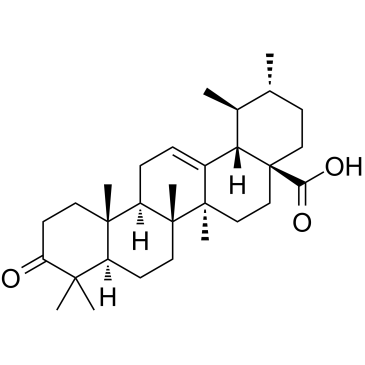
-
GC38374
Uvarigrin
Uvarigrin, isolated from the roots of Uvaria calamistrata, induces tumor multidrug resistance cell apoptosis and triggers Caspase-9 activation.
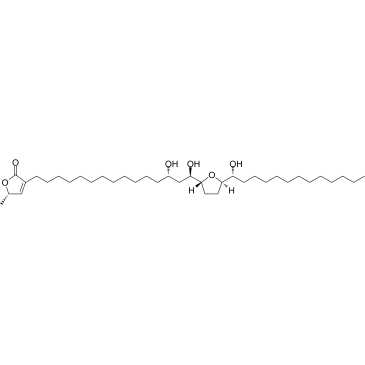
-
GC16948
Valinomycin
NSC 122023
Valinomycin is a cyclic depsipeptide antibiotic with potassium selective ionophoric activity. It can be used as uncoupling agent to induce depolarization..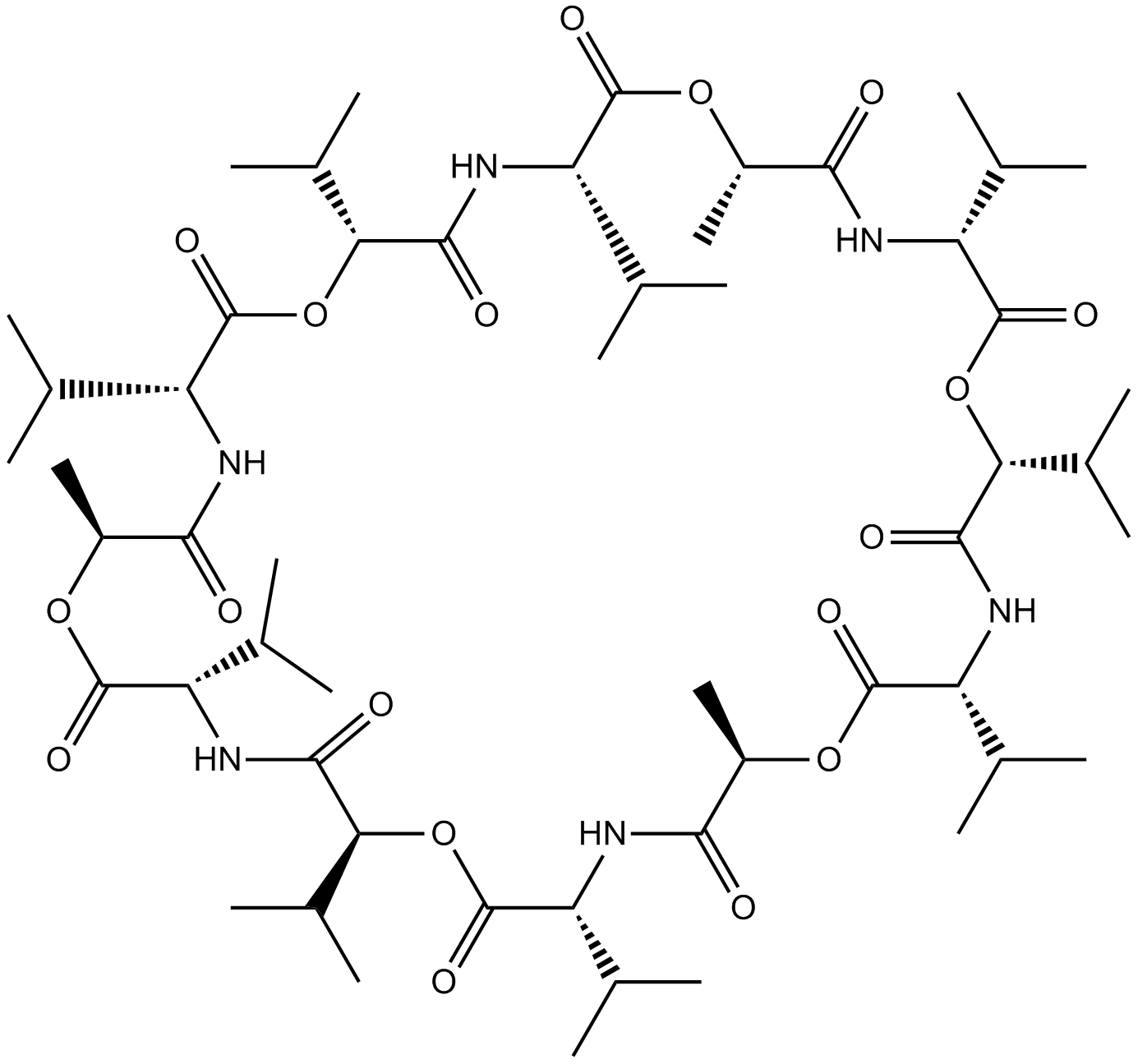
-
GC15022
Vandetanib (ZD6474)
ZD6474
Vandetanib (ZD6474) (D6474) is a potent, orally active inhibitor of VEGFR2/KDR tyrosine kinase activity (IC50=40 nM). Vandetanib (ZD6474) also has activity versus the tyrosine kinase activity of VEGFR3/FLT4 (IC50=110 nM) and EGFR/HER1 (IC50=500 nM).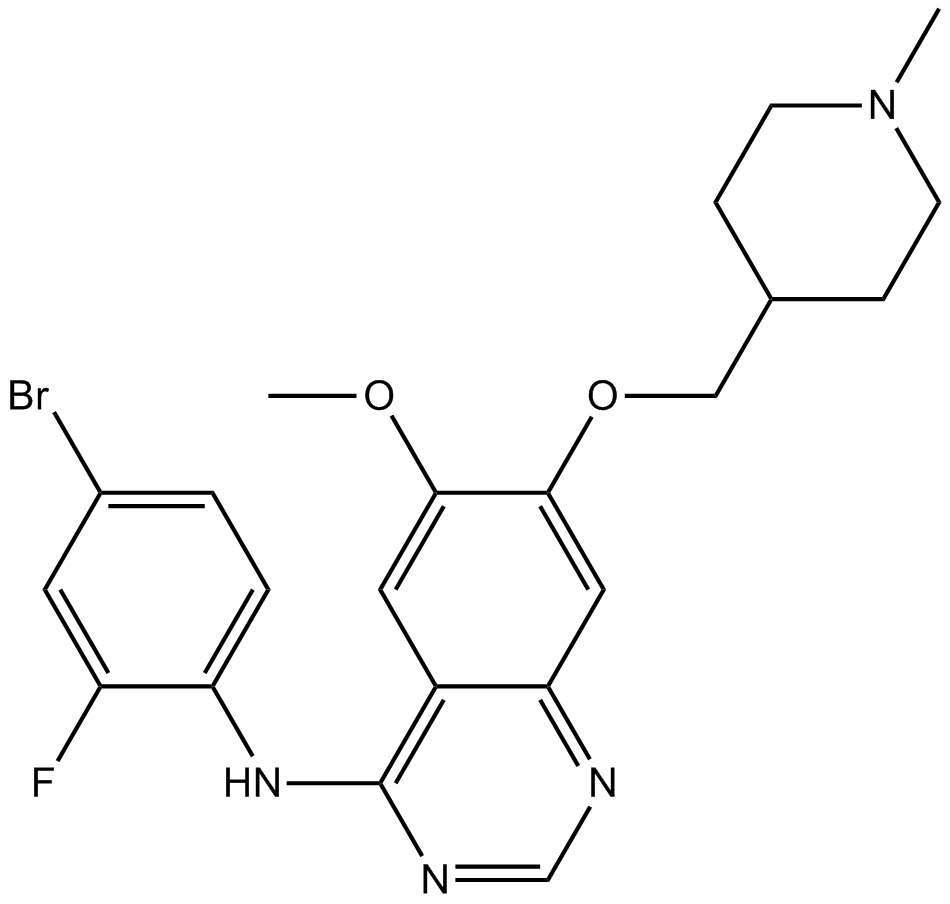
-
GC37887
Vanillyl alcohol
Vanillyl alcohol (p-(Hydroxymethyl)guaiacol), derived from vanillin, is a phenolic alcohol and is used as a flavoring agent in foods and beverages.
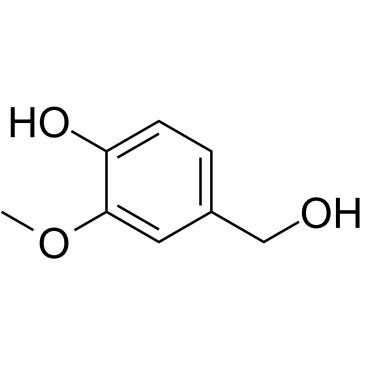
-
GC17955
Vatalanib (PTK787) 2HCl
CGP 79787, PTK787, PTK/ZK
Vatalanib (PTK787) 2HCl (PTK787 dihydrochloride) is an inhibitor of VEGFR2/KDR with IC50 of 37 nM.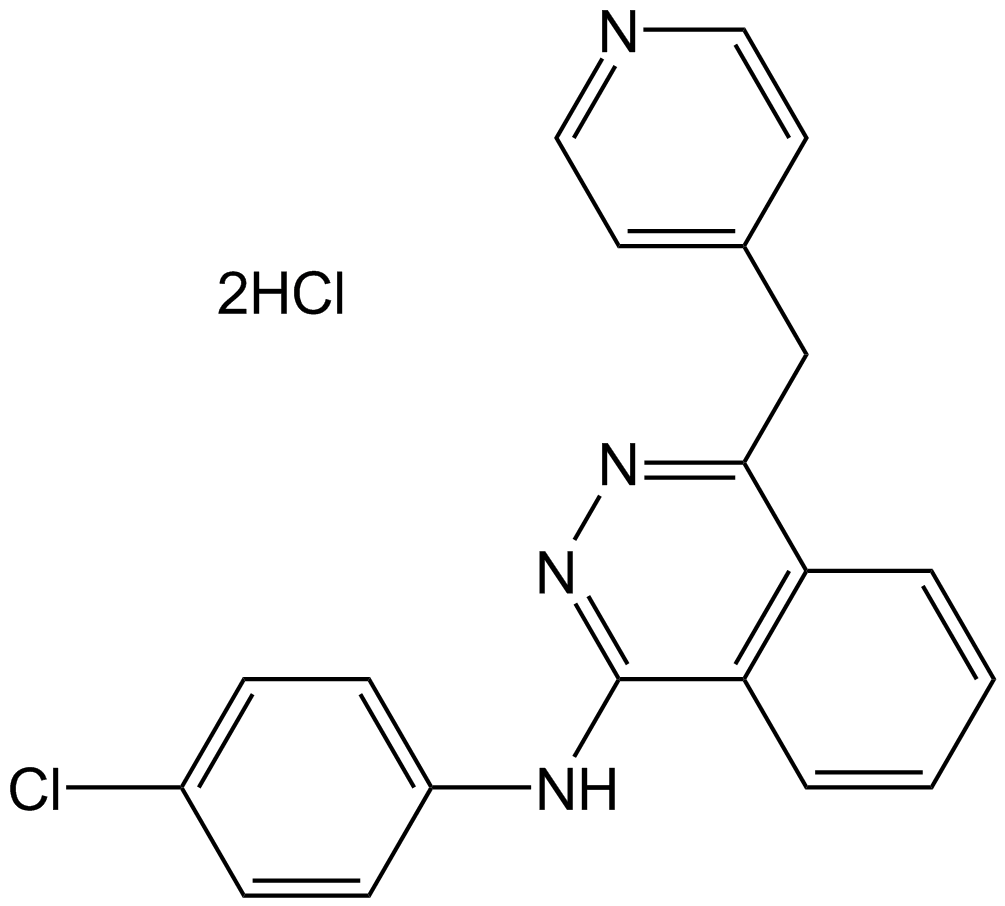
-
GC10501
VER-50589
HSP90 inhibitor, potent
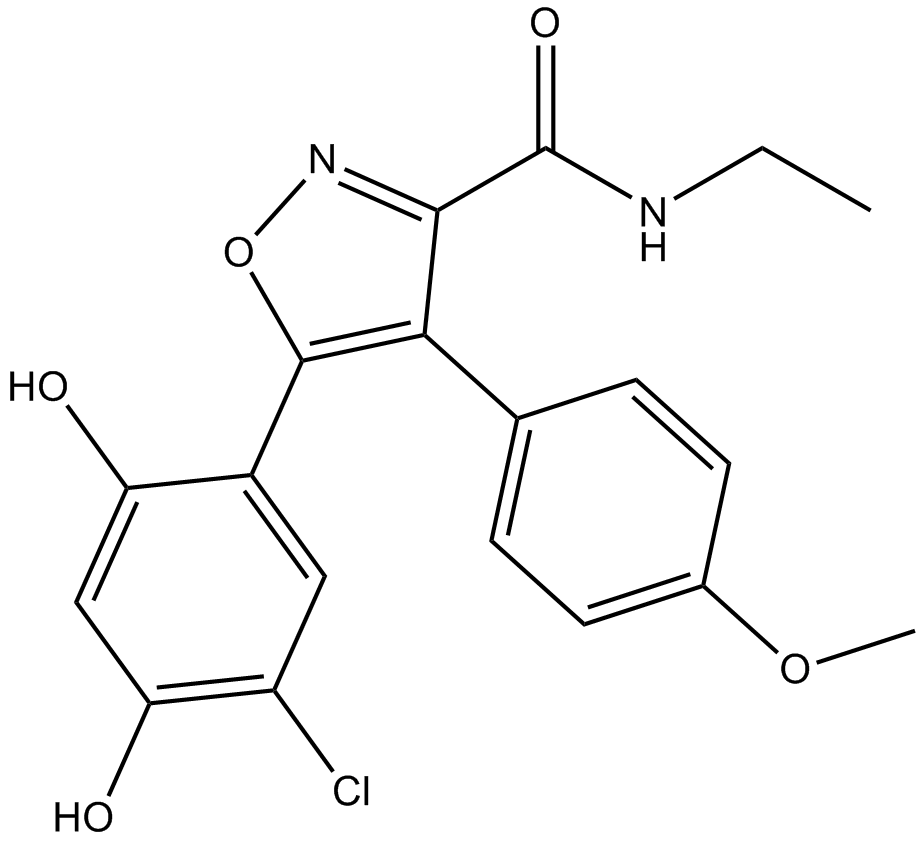
-
GC13232
Verbascoside
Acteoside, NSC 603831
PKC/NF-κB inhibitor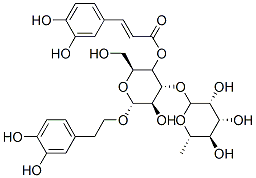
-
GC37900
Verubulin
Verubulin (MPC-6827) is a microtubule-disrupting agent with potent and broad-spectrum in vitro and in vivo cytotoxic activities, and acts as a promising candidate for the treatment of multiple cancer types.
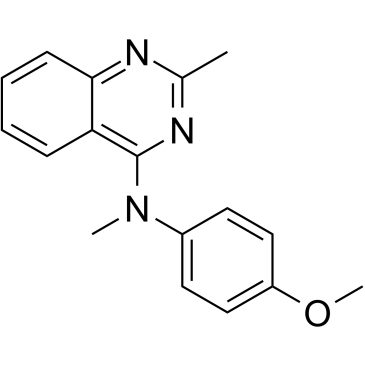
-
GC16733
Vildagliptin (LAF-237)
LAF237, NVP-LAF237
A DPP-4 inhibitor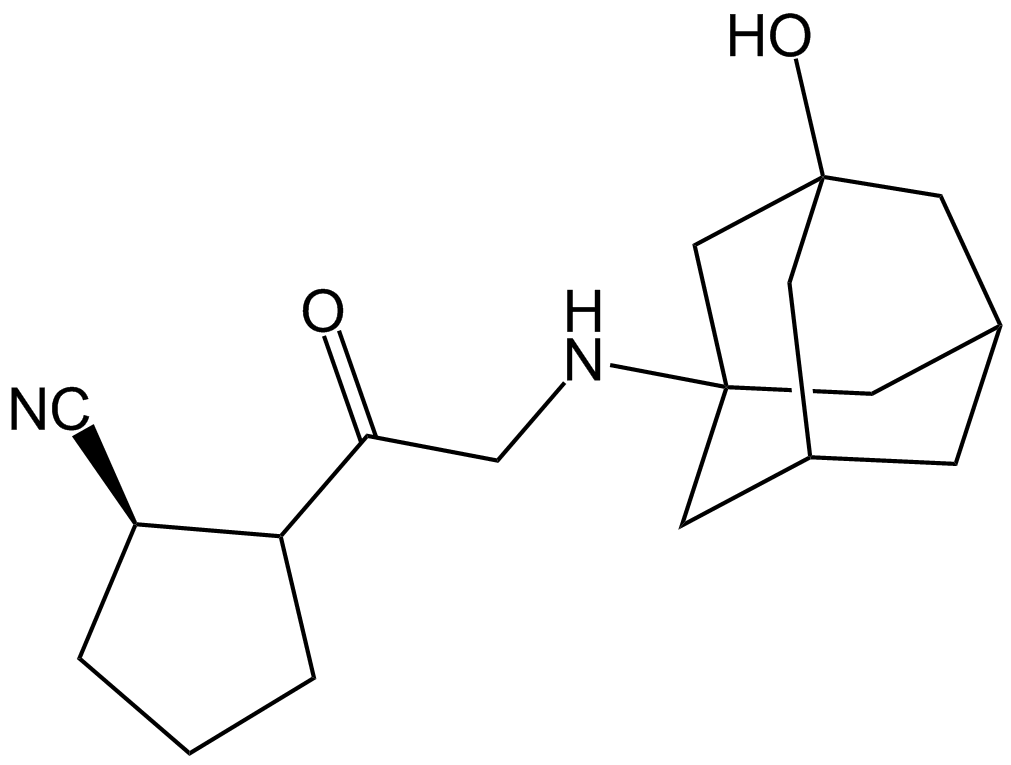
-
GC11511
Vincristine sulfate
Kyocristine, Lilly 37231, Leurocristine, Novopharm, NSC 67574, Oncovin, VCR
Microtubule disrupter,antitumor agent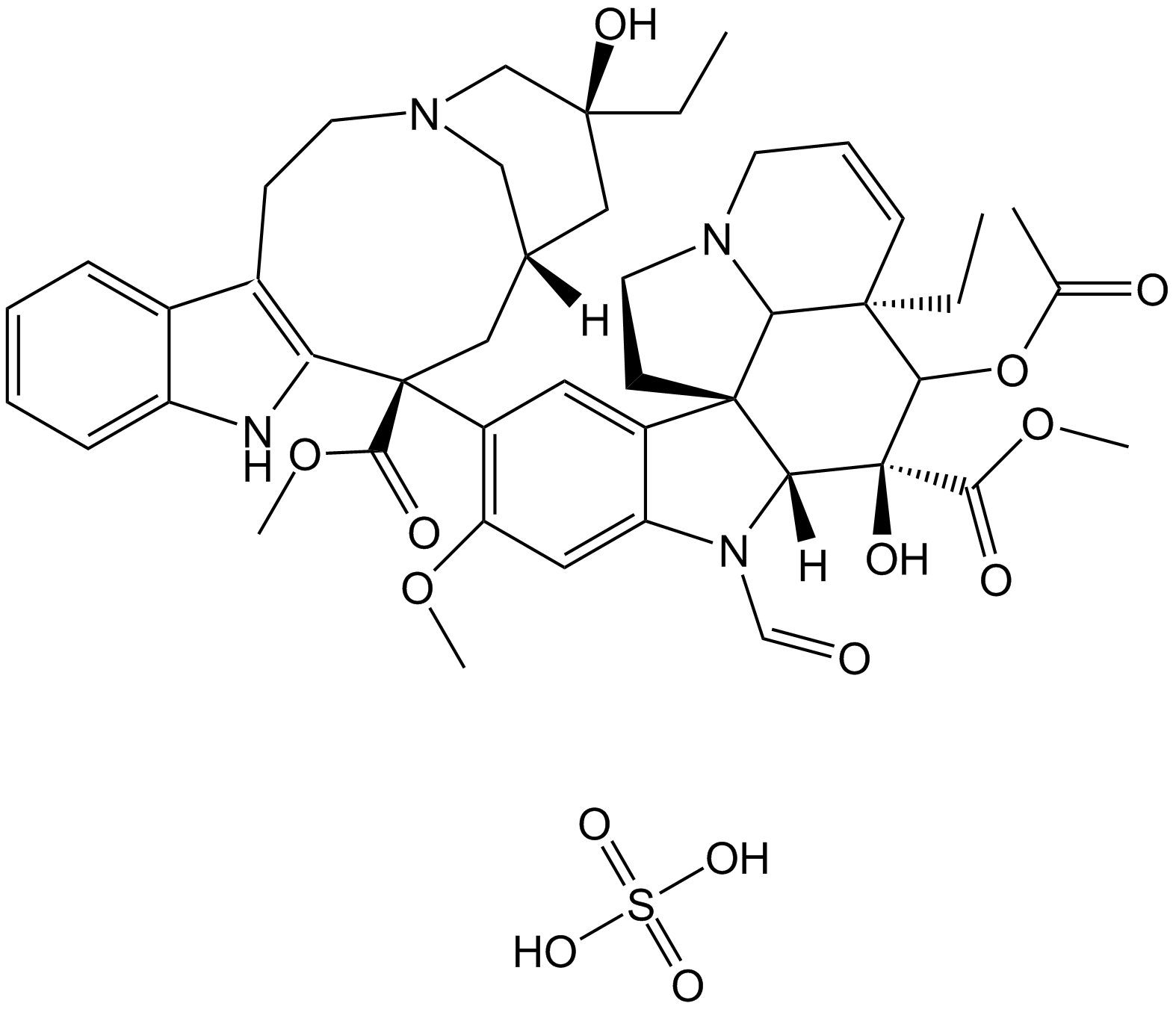
-
GC34021
Vitamin K4 (acetomenaphthone)
Acetomenaphthone, Menadiol diacetate, NSC 403062, Vitamin K diacetate
Vitamin K4 (acetomenaphthone) is a chemically synthesized Vitamin K which plays an important role in the normal blood coagulation system.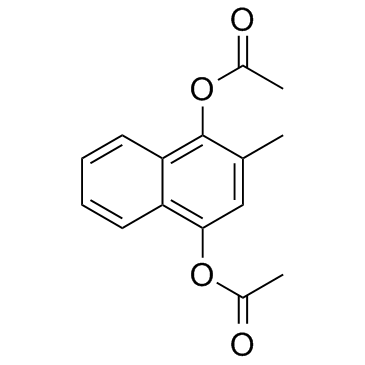
-
GC13544
Voreloxin
SNS-595, Voreloxin
An inhibitor of topoisomerase II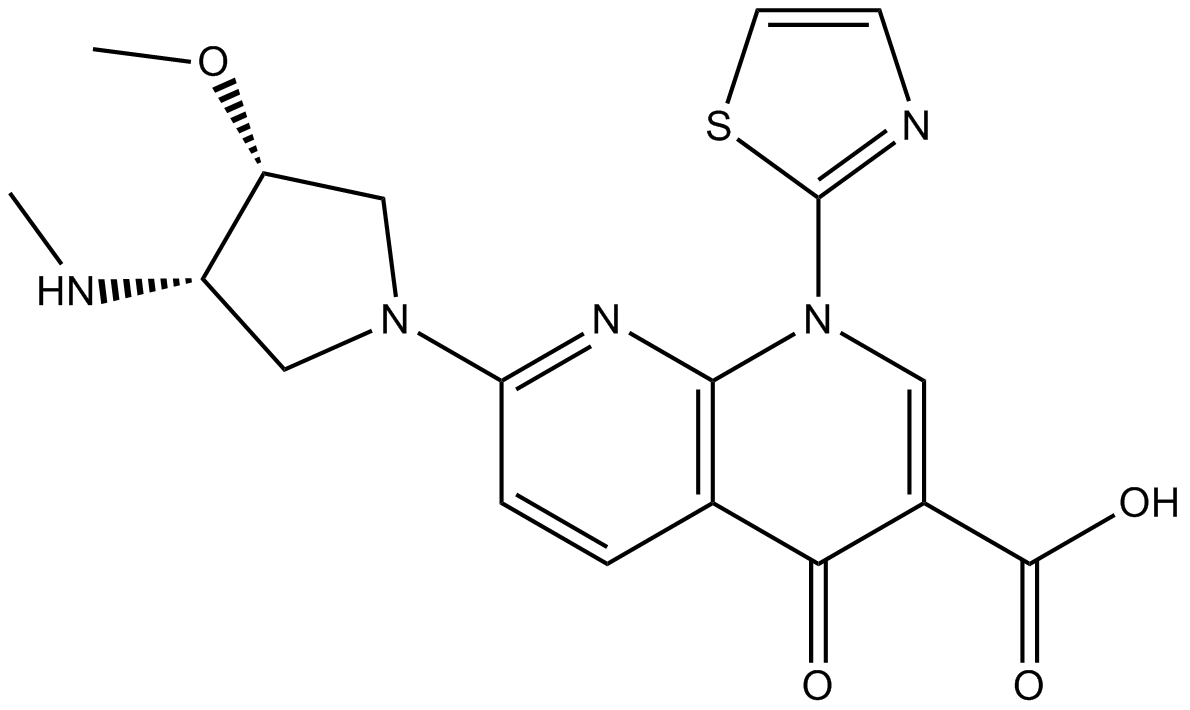
-
GC14022
Voreloxin Hydrochloride
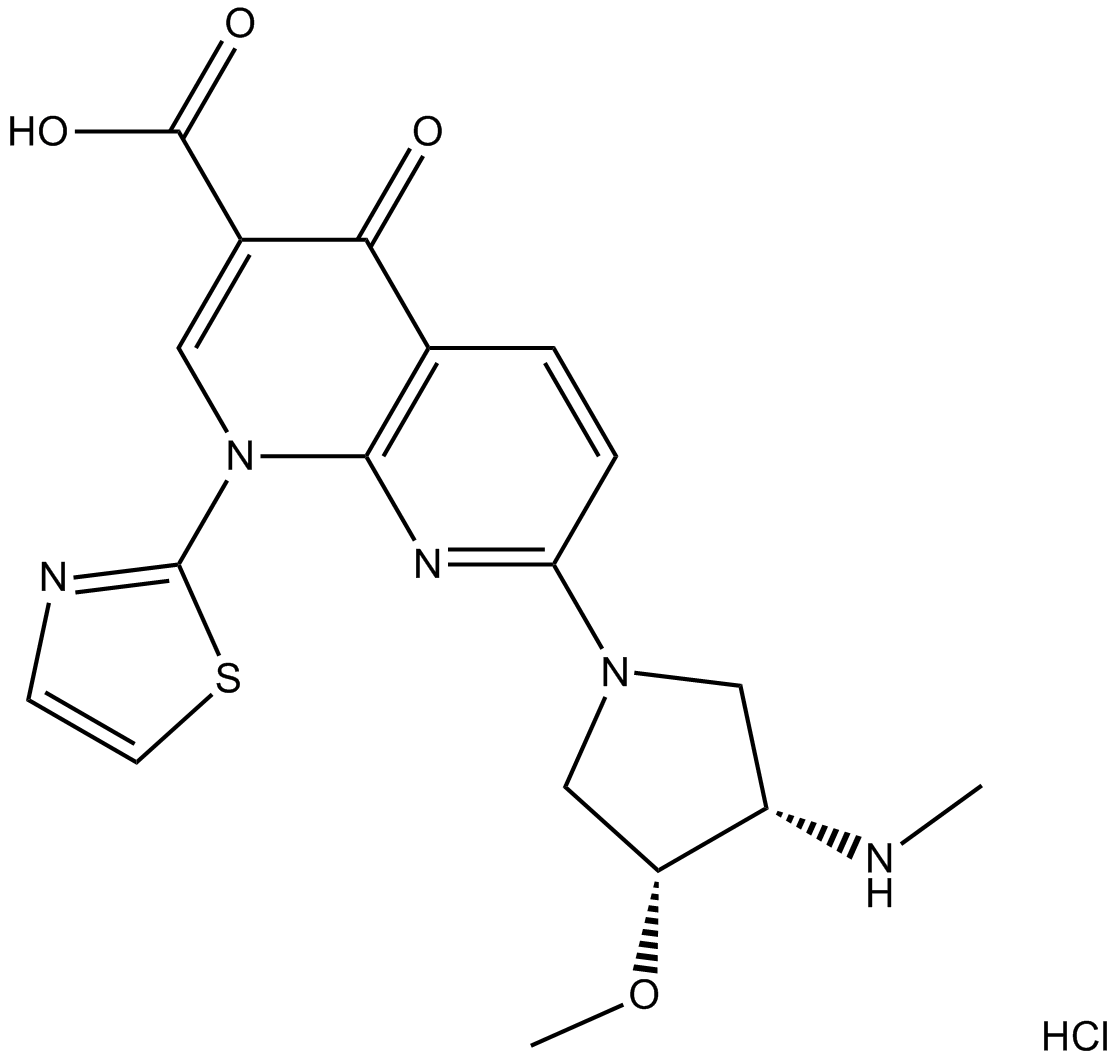
-
GC12003
VR23
proteasome inhibitor
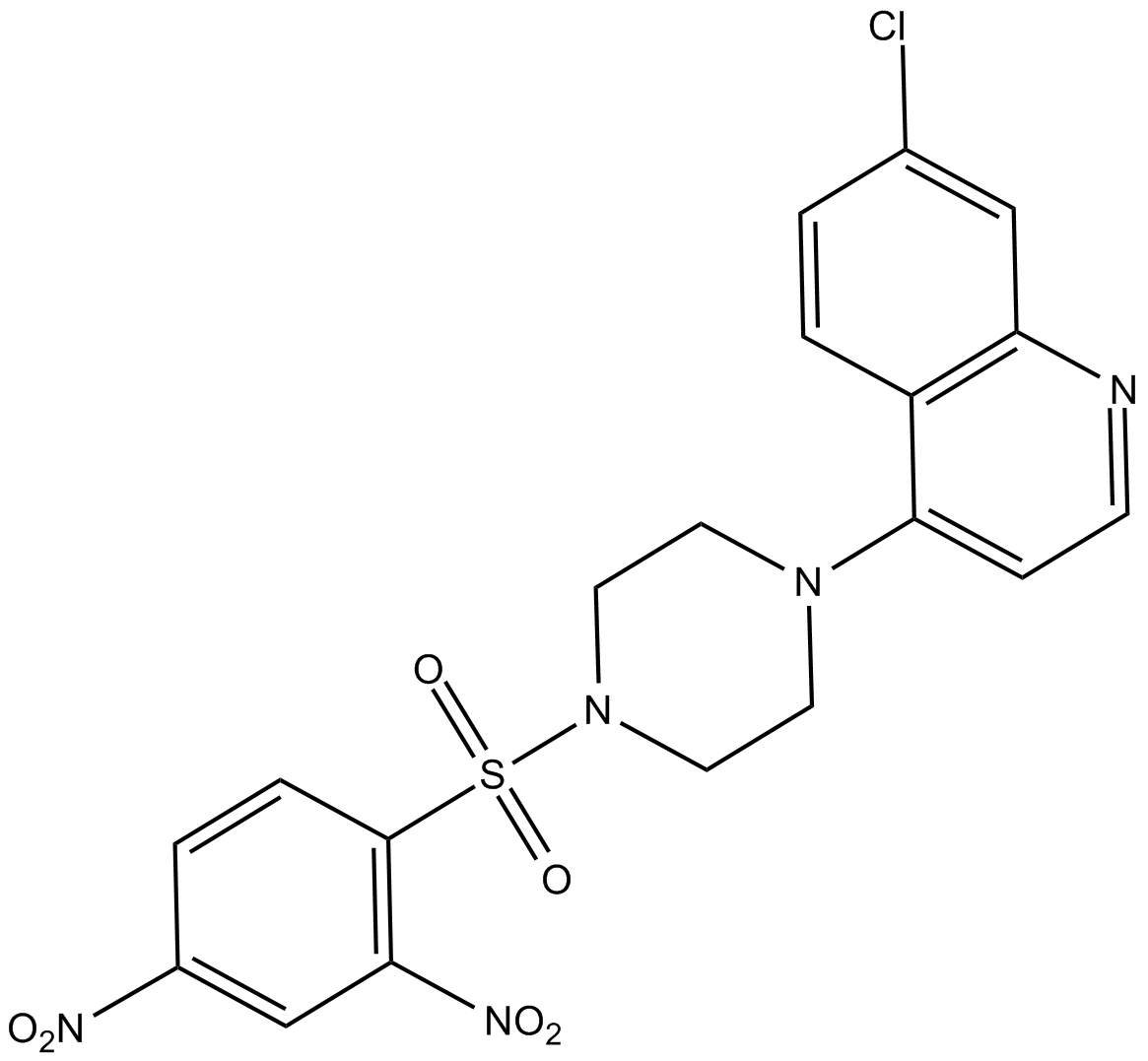
-
GN10269
Wedelolactone
IKK Inhibitor II
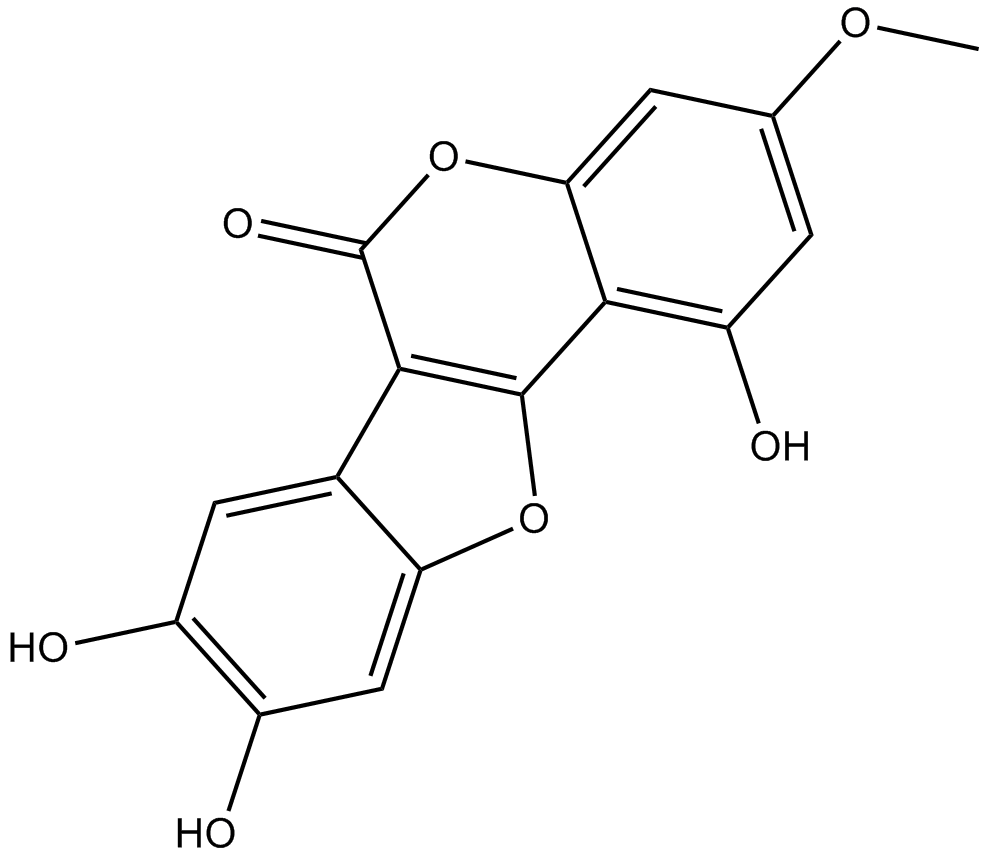
-
GC15589
WHI-P154
JAK3 Inhibitor II, JanusAssociated Kinase 3 Inhibitor II
A JAK3 inhibitor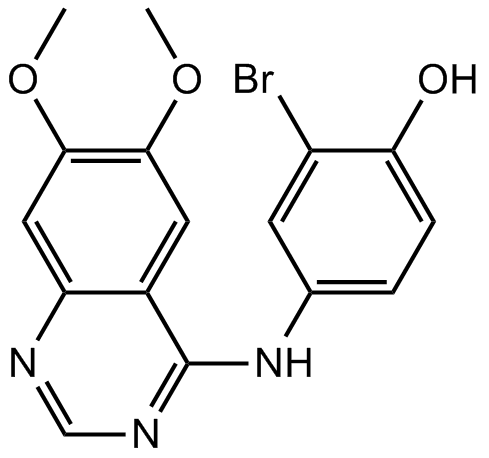
-
GN10017
Wogonin
BRN 0287152
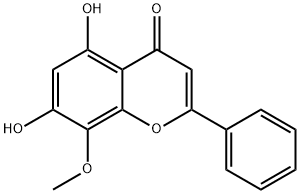
-
GC15980
WP1066
STAT Inhibitor III
An inhibitor of STAT3
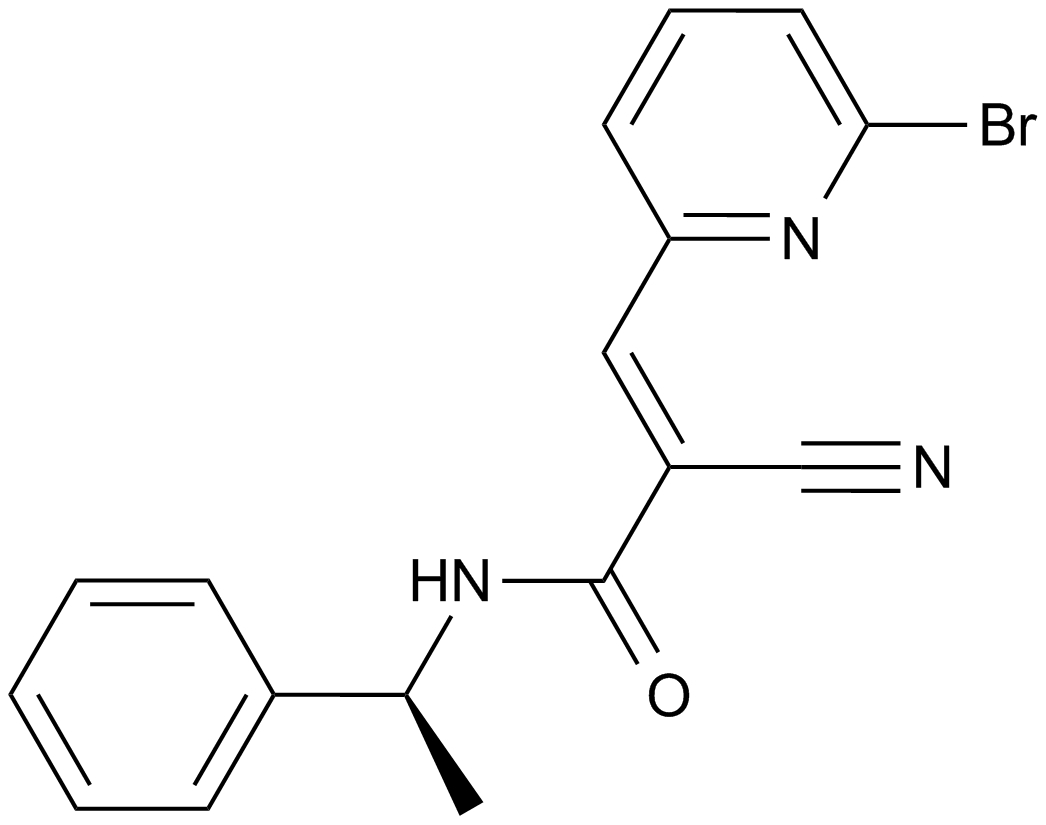
-
GC10970
WP1130
WP 1130; WP-1130
WP1130 (WP1130) is a cell-permeable deubiquitinase (DUB) inhibitor, directly inhibiting DUB activity of USP9x, USP5, USP14, and UCH37. WP1130 has been shown to downregulate the antiapoptotic proteins Bcr-Abl and JAK2.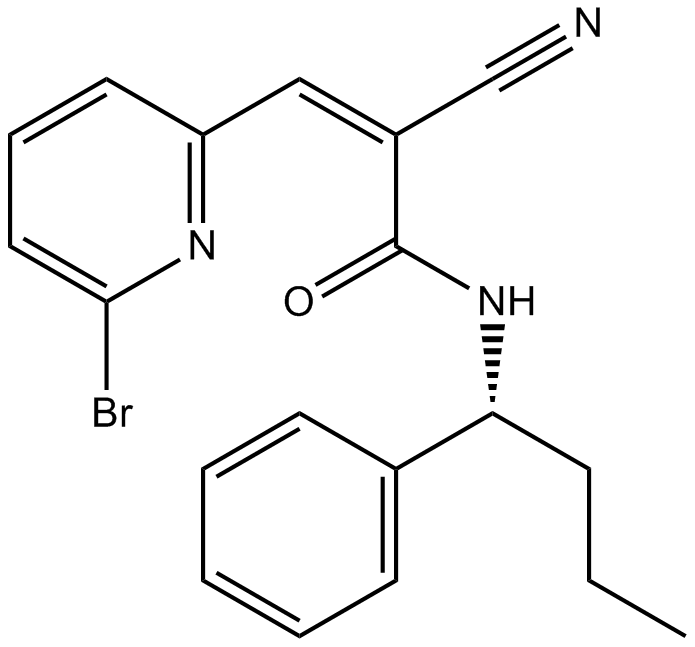
-
GC18206
WT161
WT161 is a potent inhibitor of HDAC6 with an IC50 value of 0.40 nM.
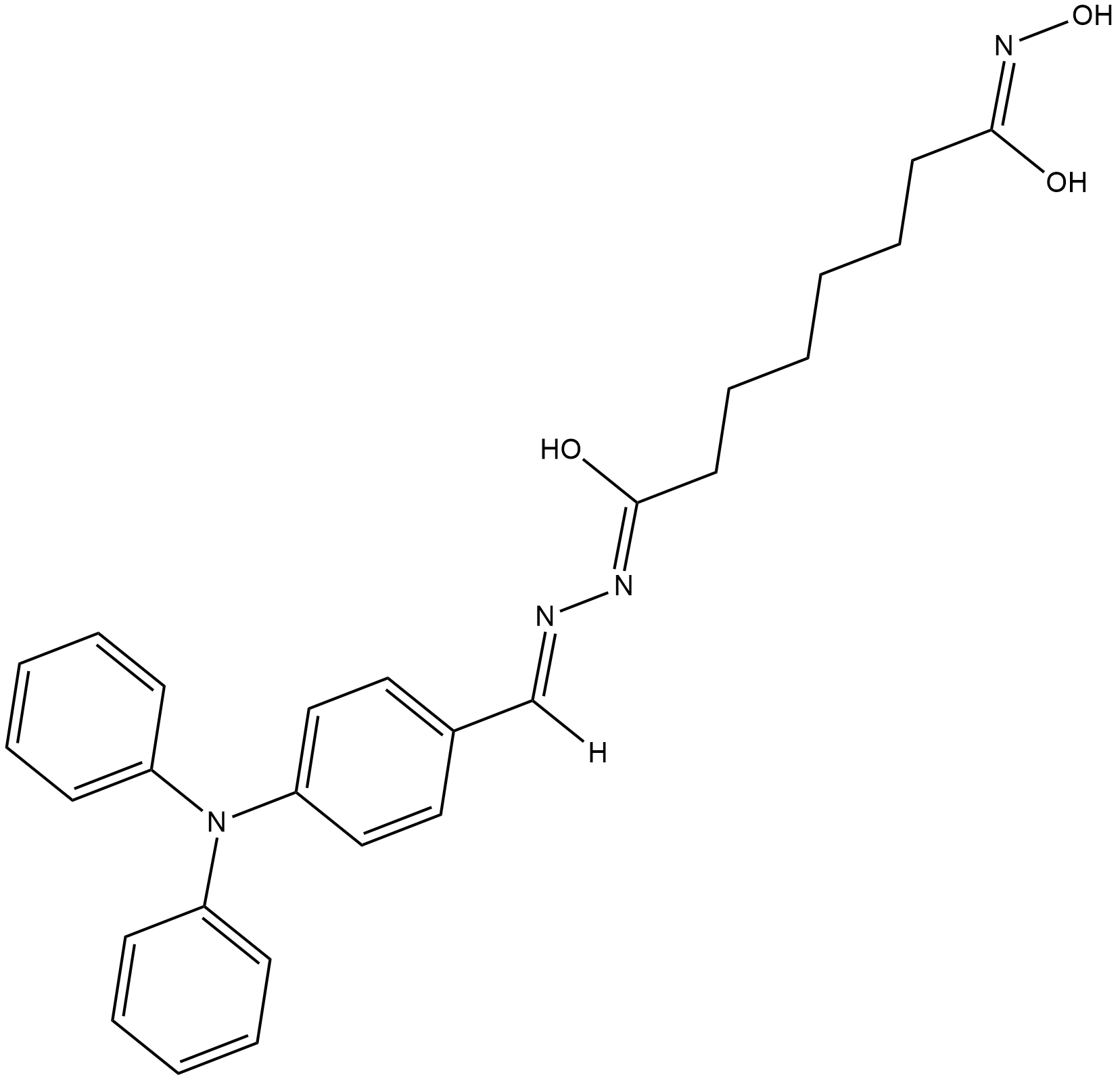
-
GC34862
WYC-209
WYC-209, a synthetic retinoid, is a retinoic acid receptor (RAR) agonist. WYC-209 induces apoptosis primarily via the caspase 3 pathway (IC50=0.19?μM for inmalignant murine melanoma TRCs), and has long-term effects with little toxicity.
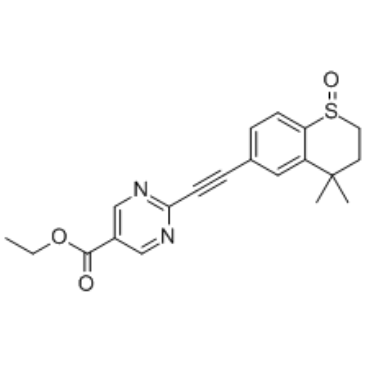
-
GC14675
WYE-125132 (WYE-132)
WYE-132
WYE-125132 (WYE-132) (WYE-125132) is a highly potent, ATP-competitive, and specific mTOR kinase inhibitor (IC50: 0.19±0.07 nM; >5,000-fold selective versus PI3Ks). WYE-125132 (WYE-132) (WYE-125132) inhibits mTORC1 and mTORC2.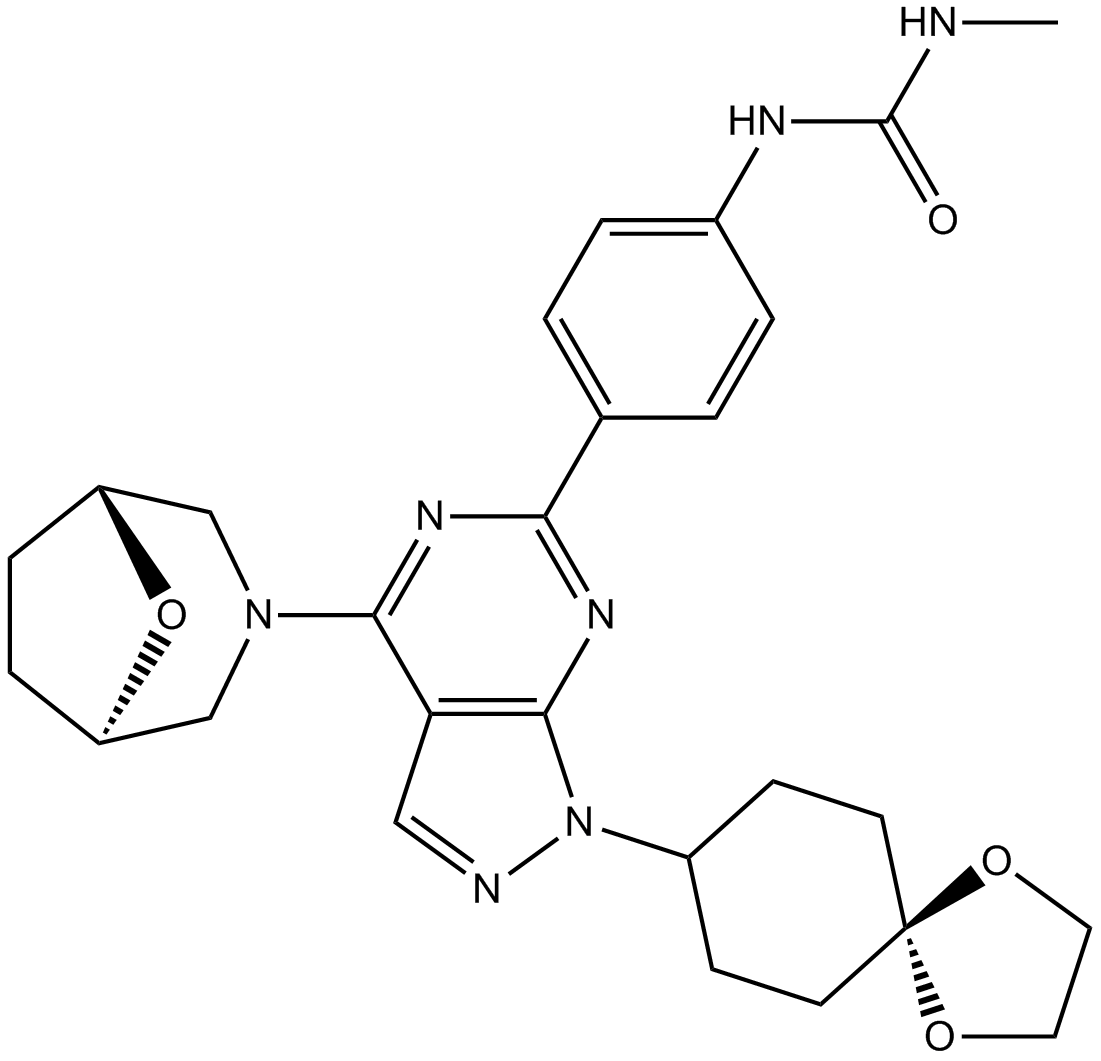
-
GC12391
Xanthohumol
VCP inhibitor
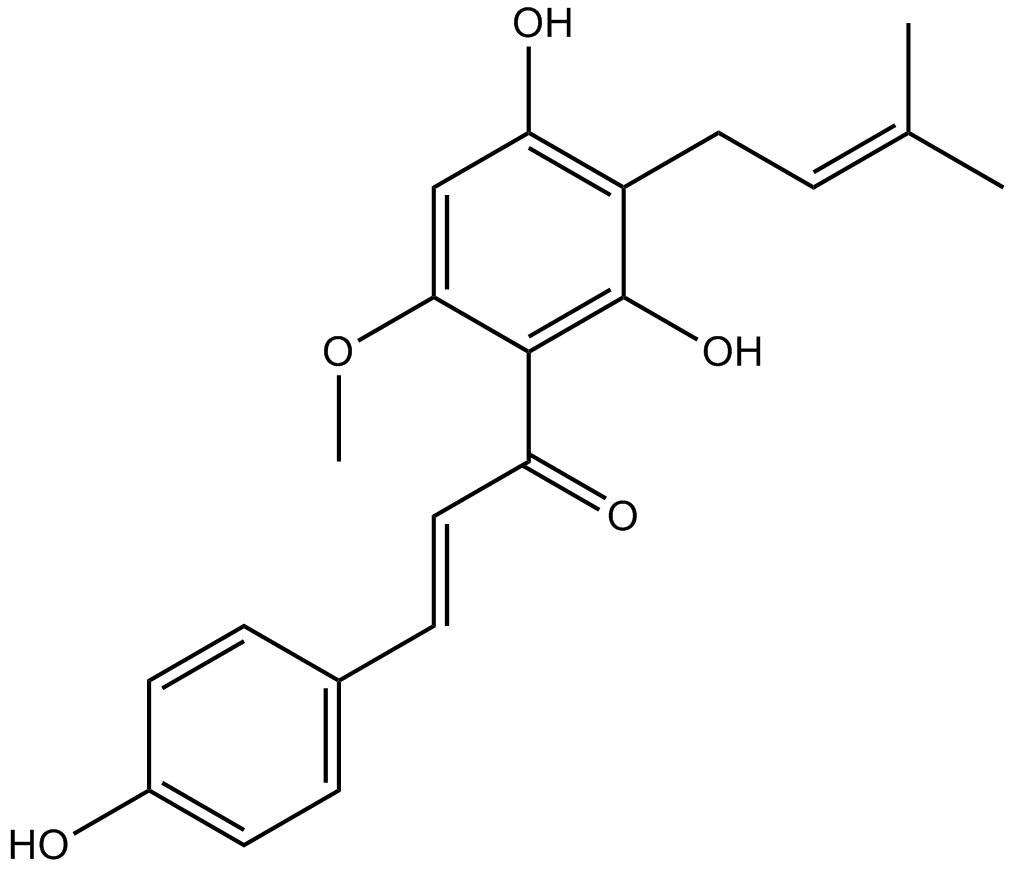
-
GC11459
Xanthurenic acid
NSC 401570, Xanthurenate
group II mGlu receptor activator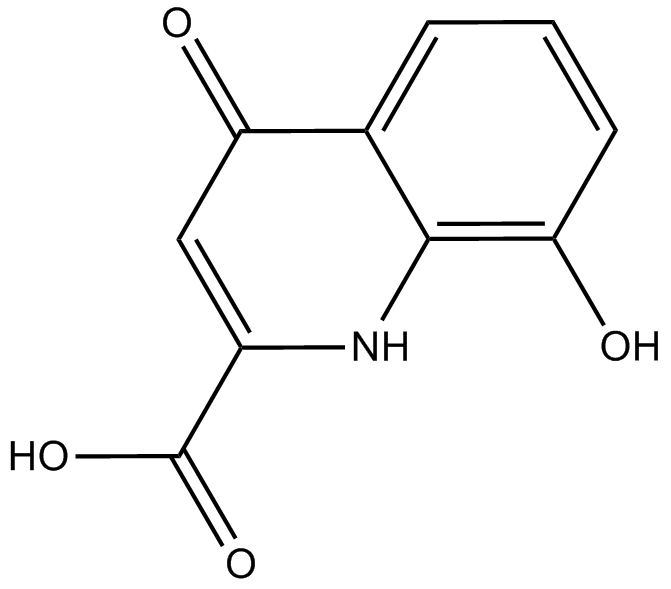
-
GC14327
XL019
XL-019;XL 019
A potent, bioavailable JAK2 inhibitor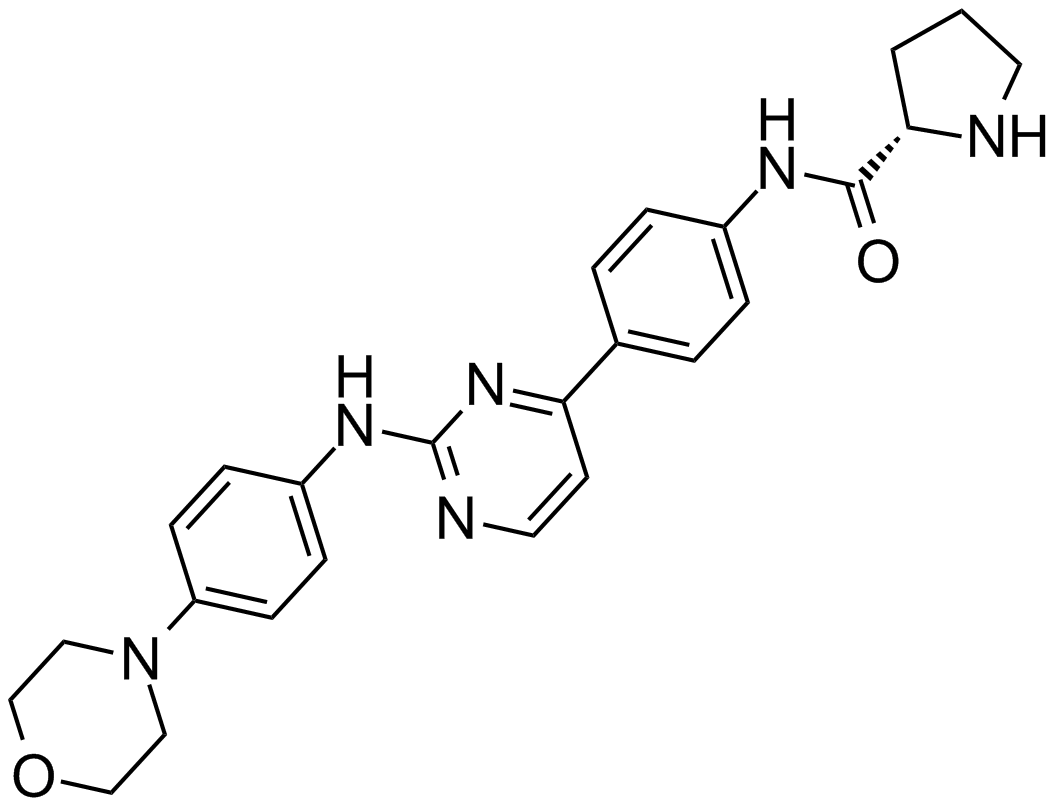
-
GC12709
XL147
Pilaralisib, SAR245408
XL147 (XL147 analogue) is a representative and selective PI3Kα inhibitor extracted from patent WO2012006552A1, Compound 147 in Table 1.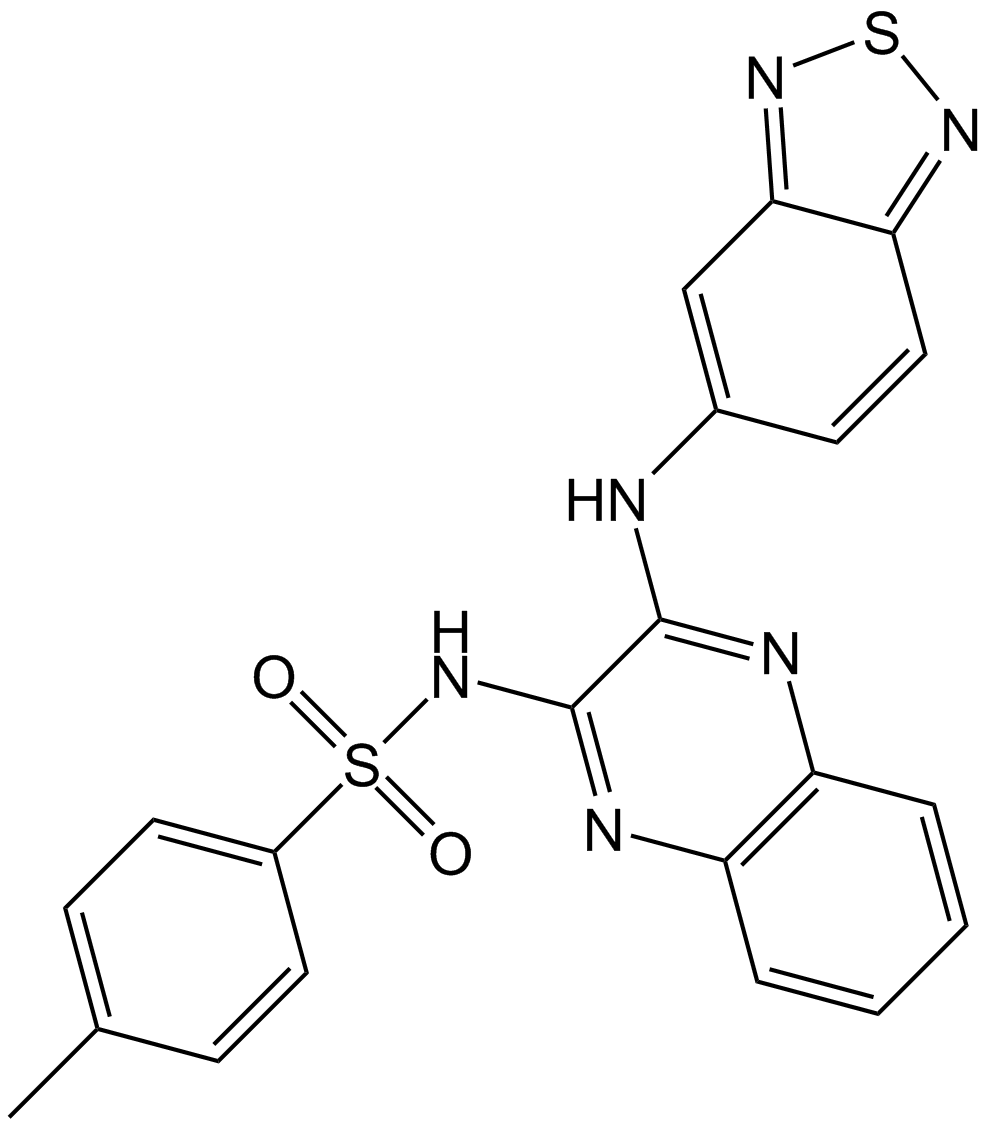
-
GC10512
Y-27632 dihydrochloride
y-27632, Y27632, Y-27632 dihydrochloride, Y 27632
A ROCK inhibitor
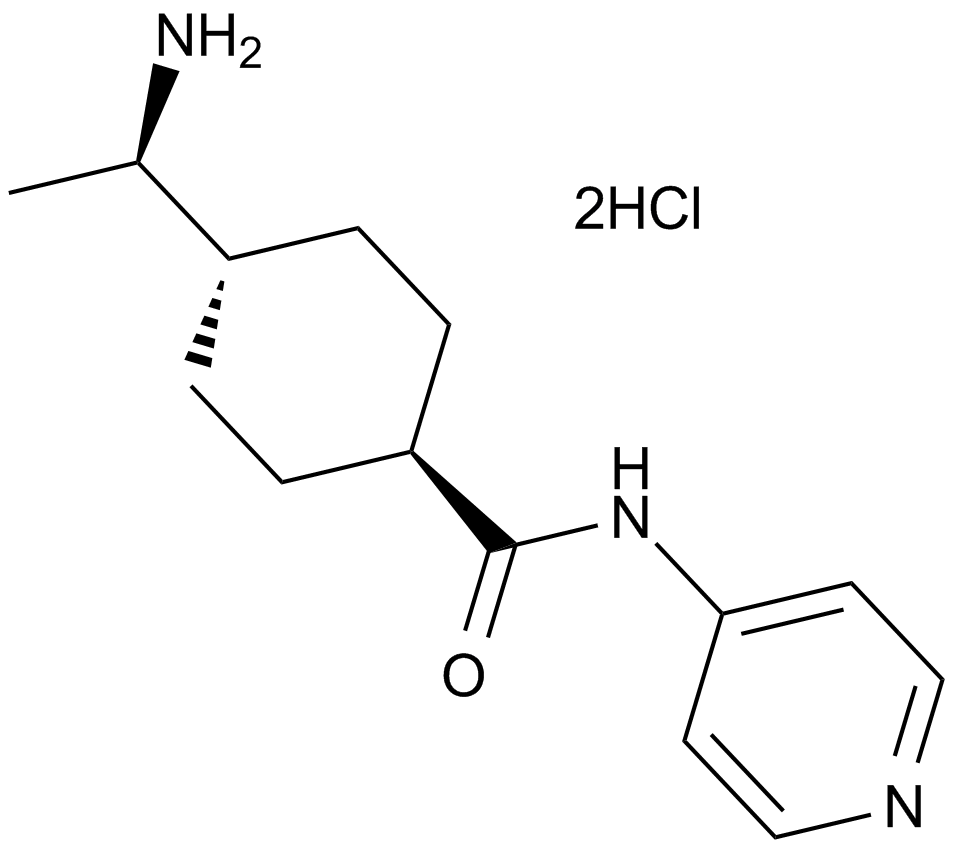
-
GC11445
YH239-EE
p53-MDM2 antagonist, potent
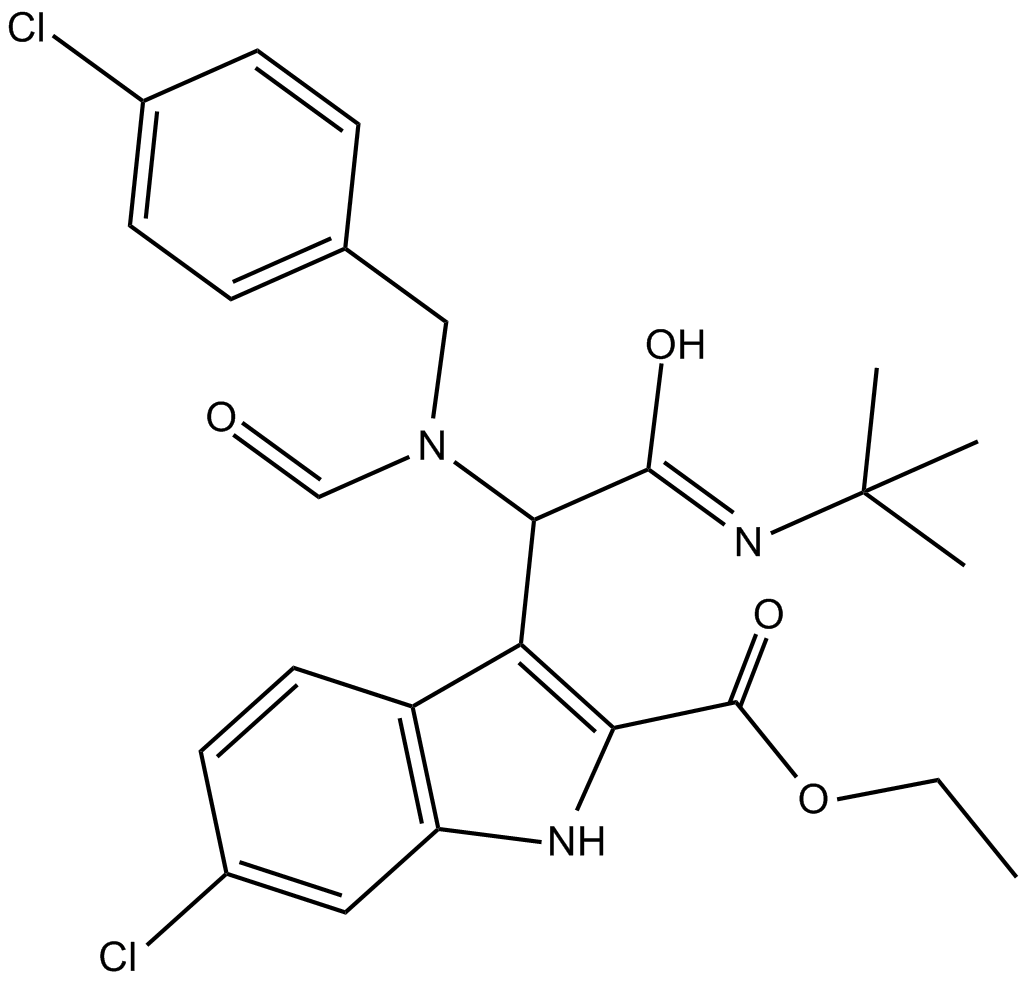
-
GC17386
YK-4-279
YK 4-279
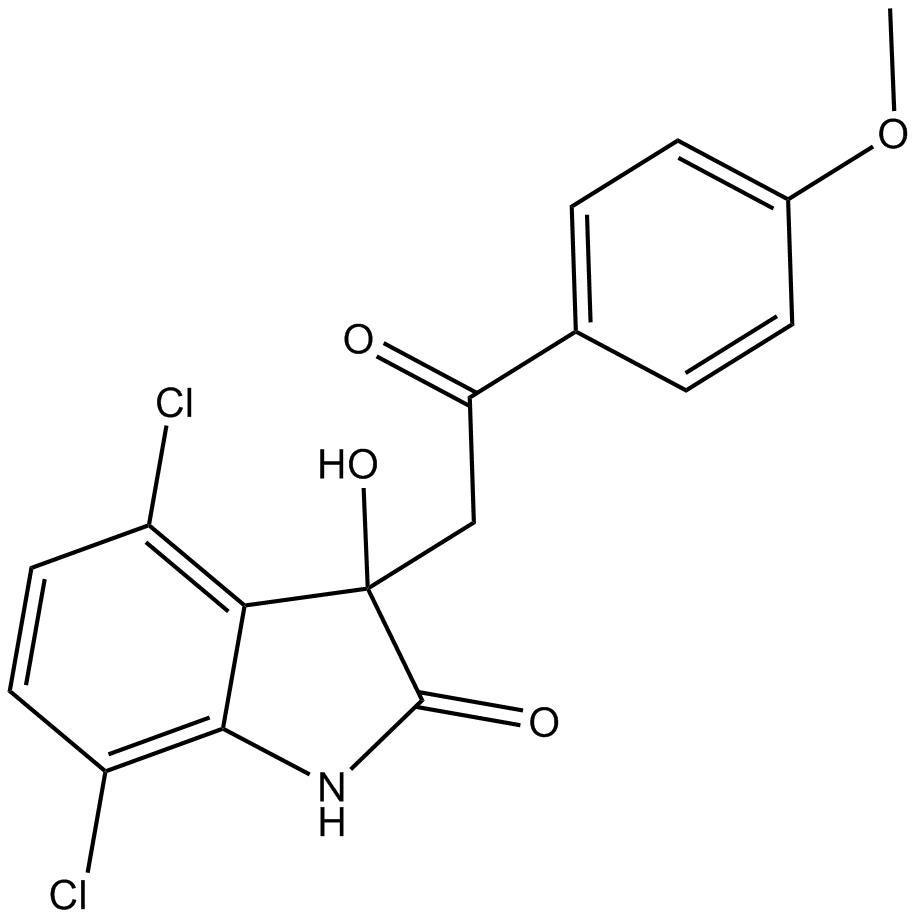
-
GC10195
Z-Guggulsterone
Z-Guggulsterone suppresses angiogenesis in vitro and in vivo with IC50 values of 1740, 1000, 220 and > 50000 nM for glucocorticoid, mineralocorticoid, androgen and farnesoid X receptors .
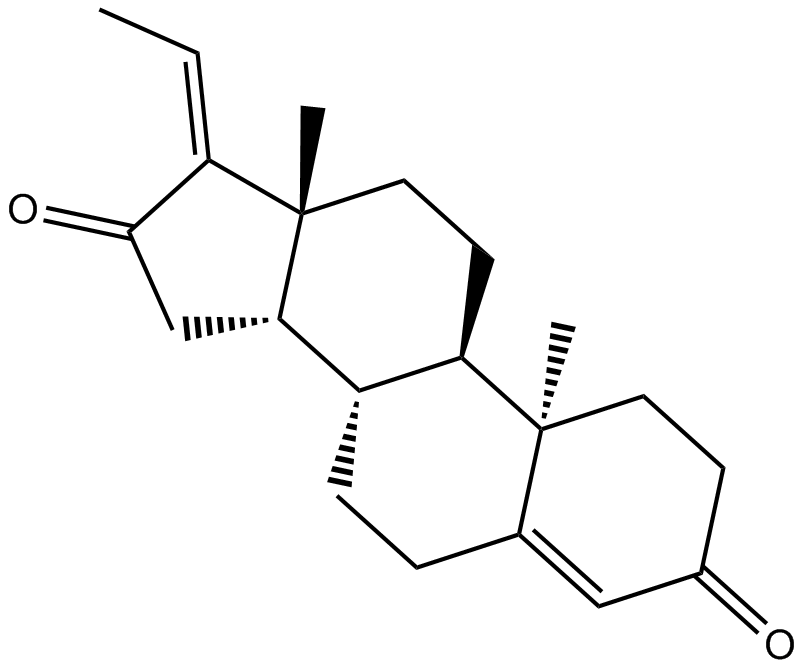
-
GC15896
Z-Ile-Leu-aldehyde
Z-IL-CHO; GSI-XII; γ-Secretase inhibitor XII
potent gamma-Secretase inhibitor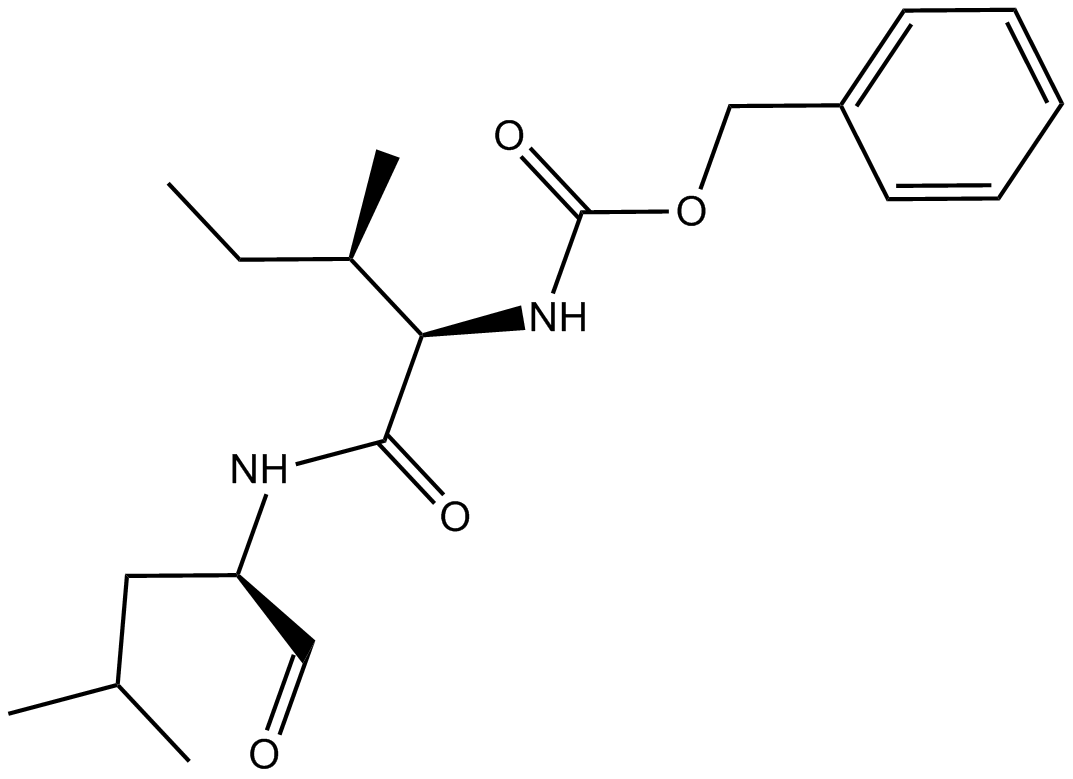
-
GC37964
Zeylenone
Zeylenone, a naturally occurring cyclohexene oxide, inhibits proliferation and induces apoptosis in cervical carcinoma cells via PI3K/AKT/mTOR and MAPK/ERK pathways.
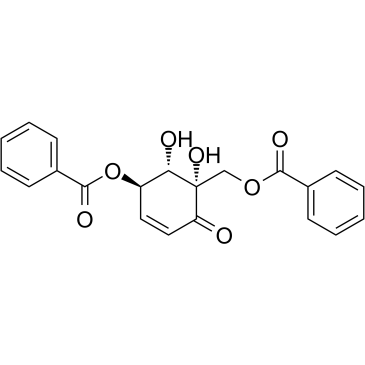
-
GN10203
Ziyuglycoside I
Gouguside 7
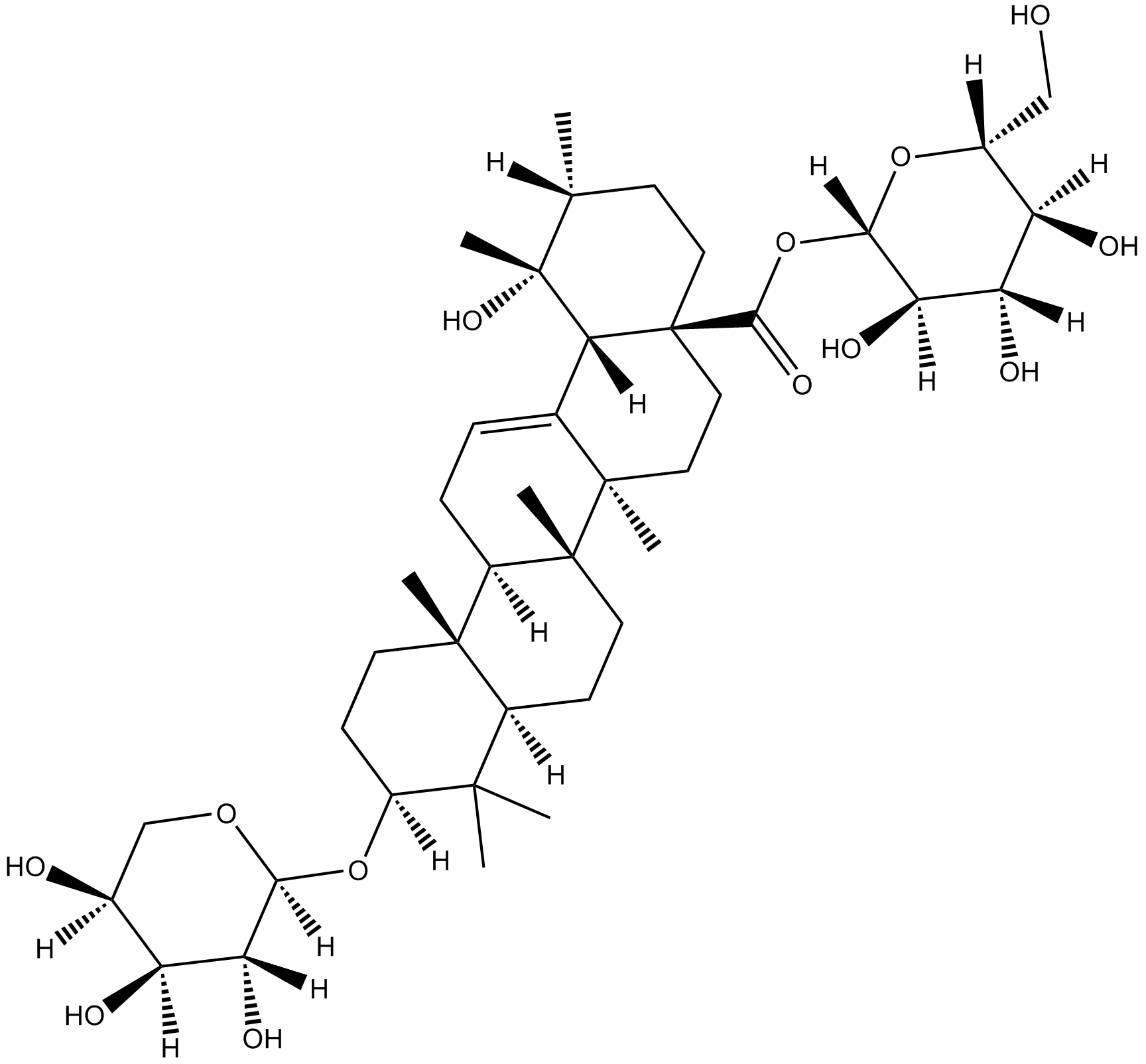
-
GN10650
Ziyuglycoside II
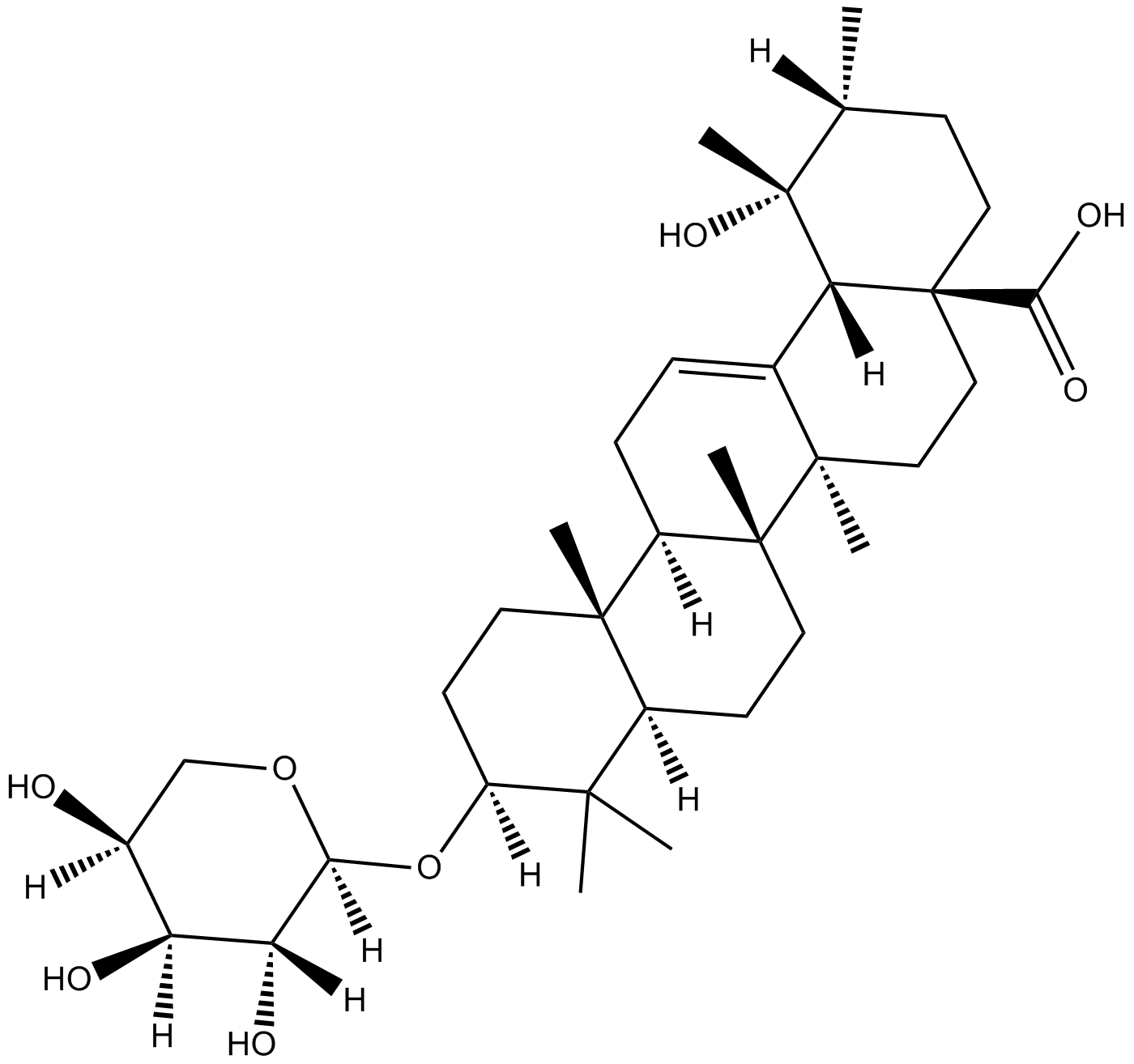
-
GC14409
ZM 447439
Selective inhibitor of Aurora B kinase
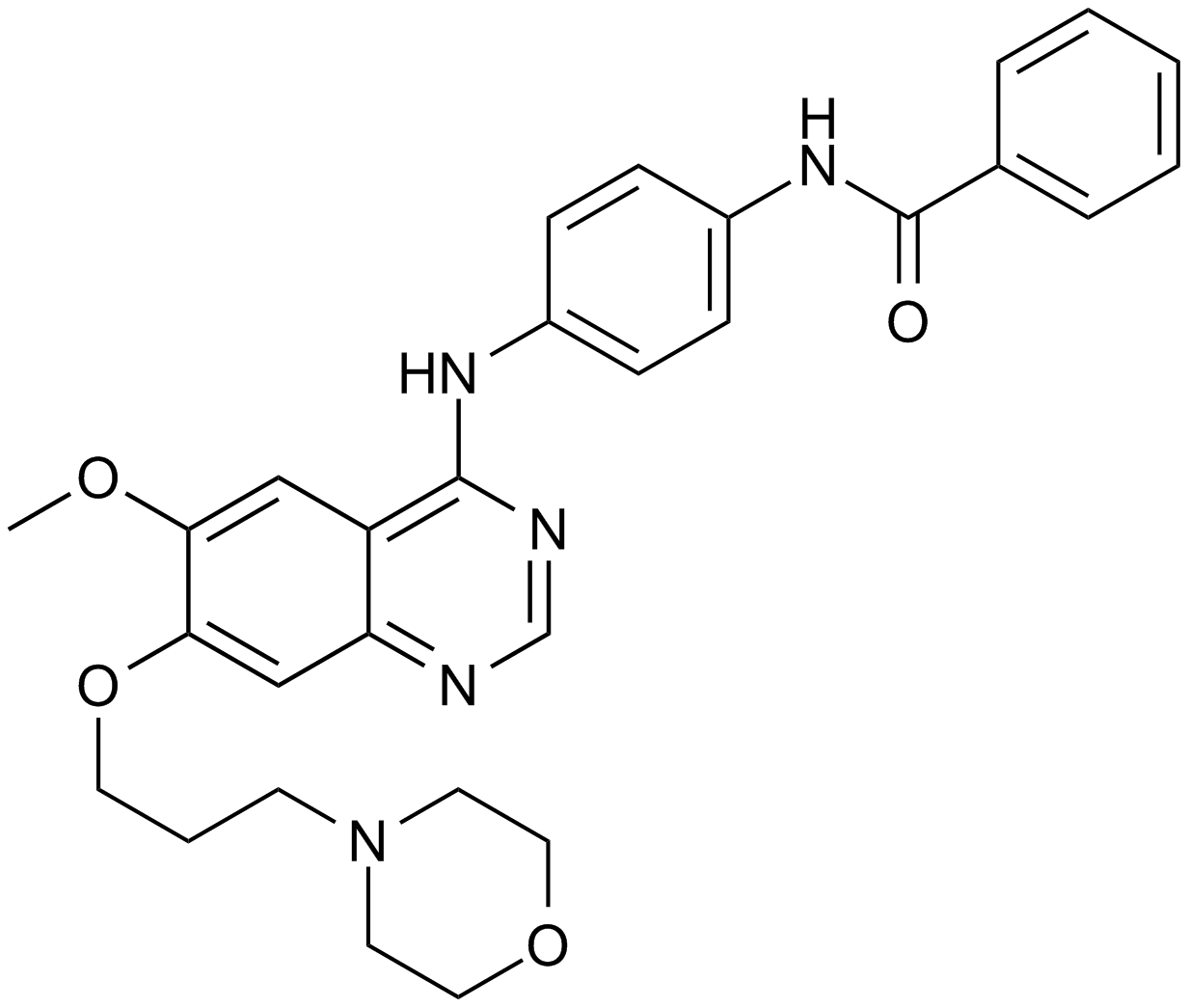
-
GC13286
ZM336372
C-Raf inhibitor, potent and selective
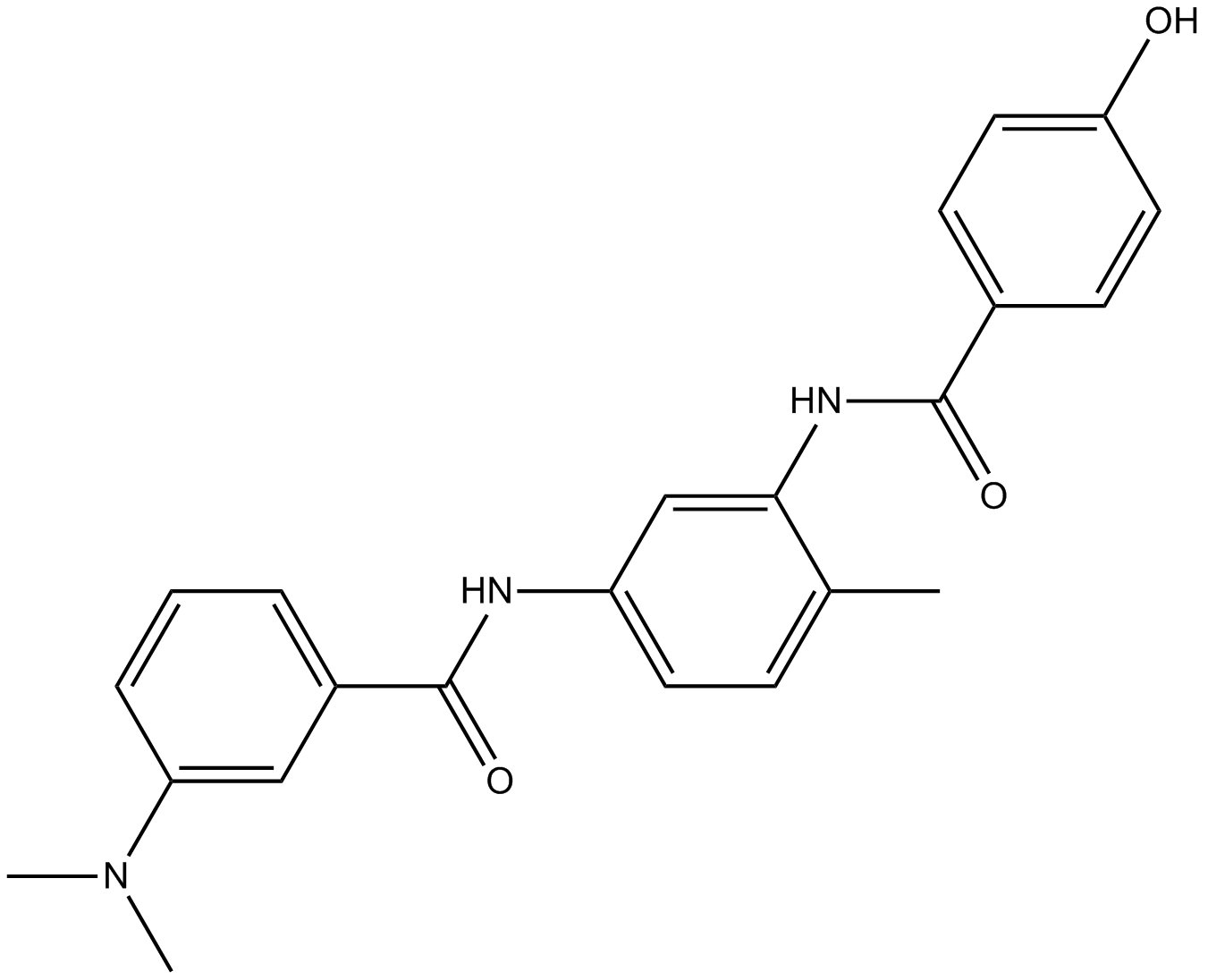
-
GC35013
[8]-Shogaol
[8]-Shogaol, one of the pungent phenolic compounds in ginger, exhibits anti-platelet activity (IC50=5 μM) and inhibits COX-2 (IC50=17.5 μM). [8]-Shogaol induces apoptosis in human leukemia cells.
![[8]-Shogaol Chemical Structure [8]-Shogaol Chemical Structure](/media/struct/GC3/GC35013.png)
-
GC35305
α-Bisabolol
DL-α-Bisabolol
α-Bisabolol is a nontoxic sesquiterpene alcohol present in natural essential oil, with anticancer activity. α-Bisabolol exerts selective anticancer effect on A549 NSCLC cells (IC50=15 μM) via induction of cell cycle arrest, mitochondrial apoptosis and inhibition of PI3K/Akt signalling pathways. α-Bisabolol also strongly induces apoptosis in glioma cells.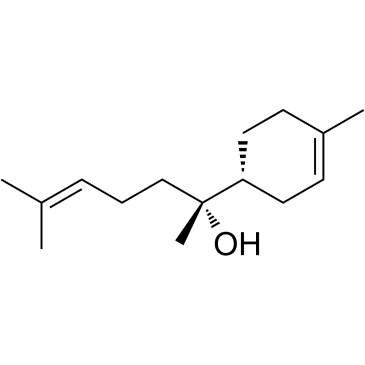
-
GN10560
α-hederin
Kalopanaxsaponin A, Koronaroside A, NSC 106553
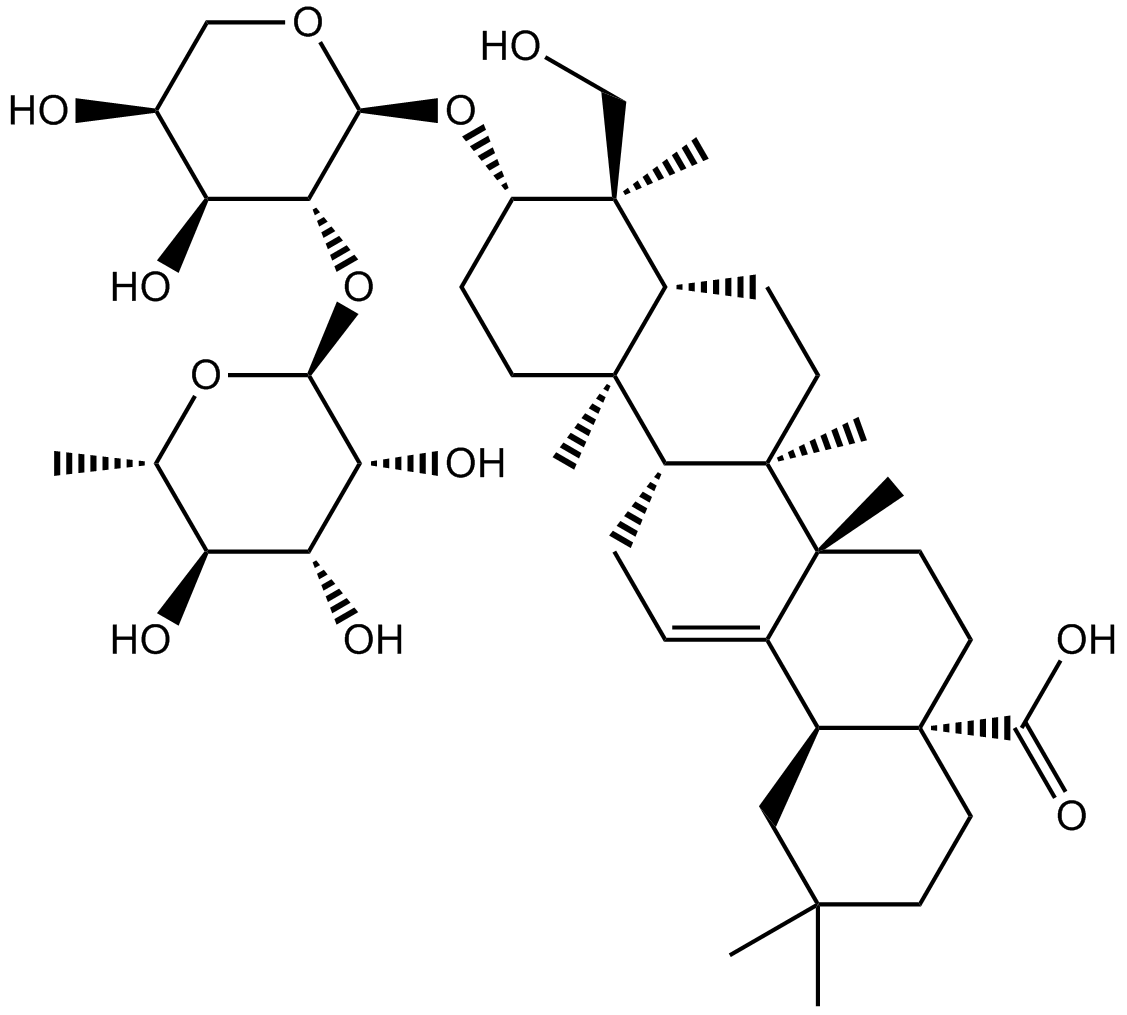
-
GN10547
β-Sitosterol
Azuprostat, Betaprost, Cupreol, NSC 18173, NSC 49083, NSC 8096, Rhamnol, β-Sitosterol, SKF 14463, 22,23dihydroStigmasterol
